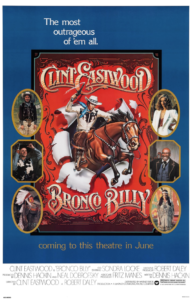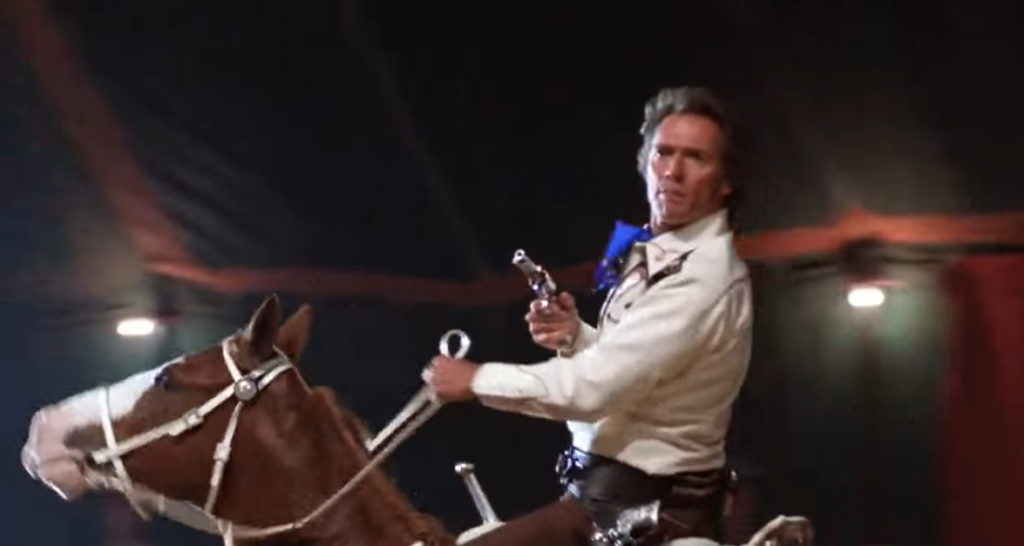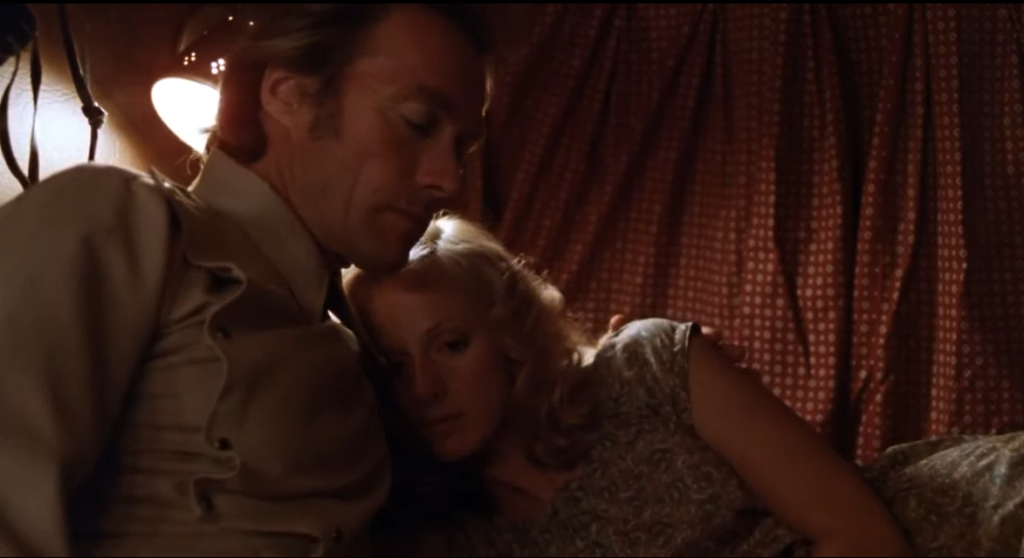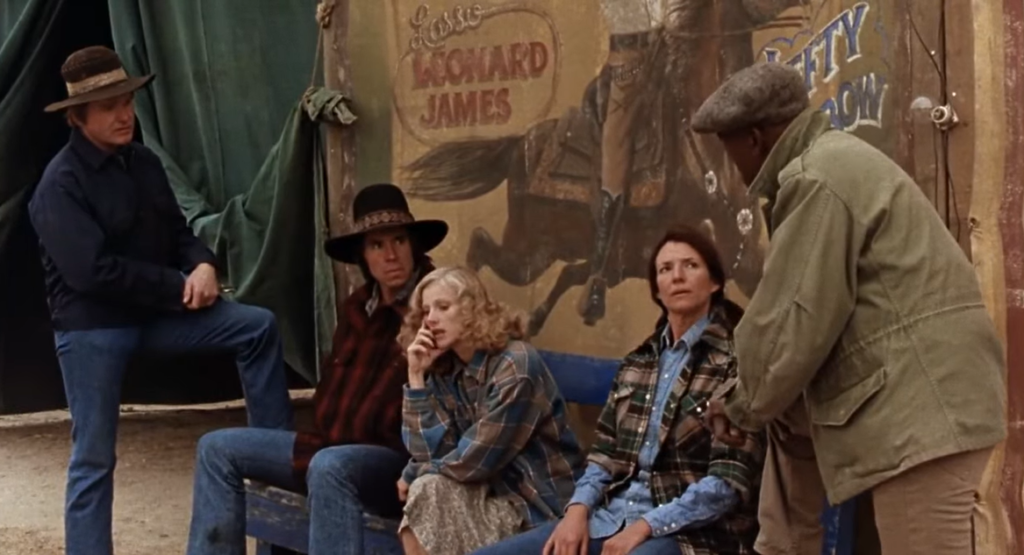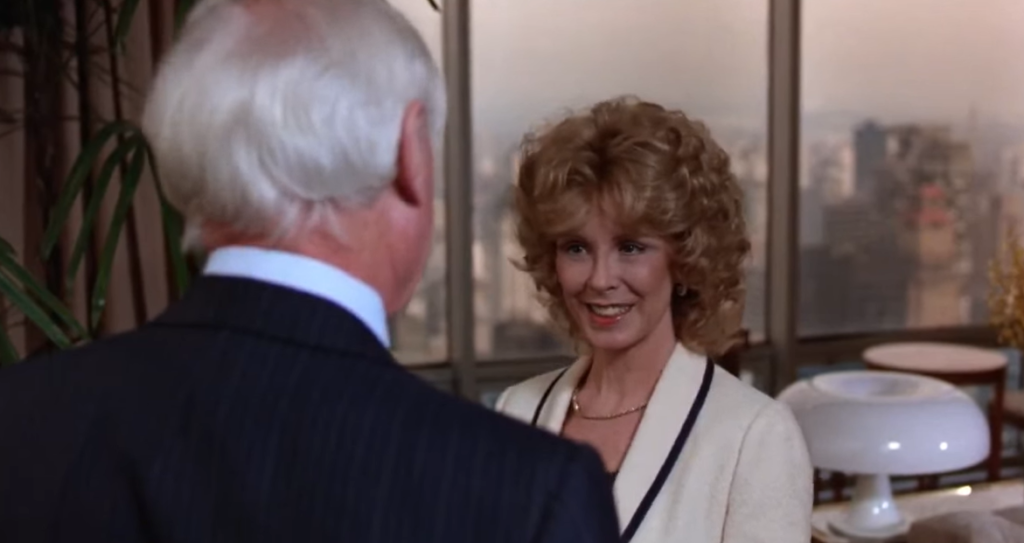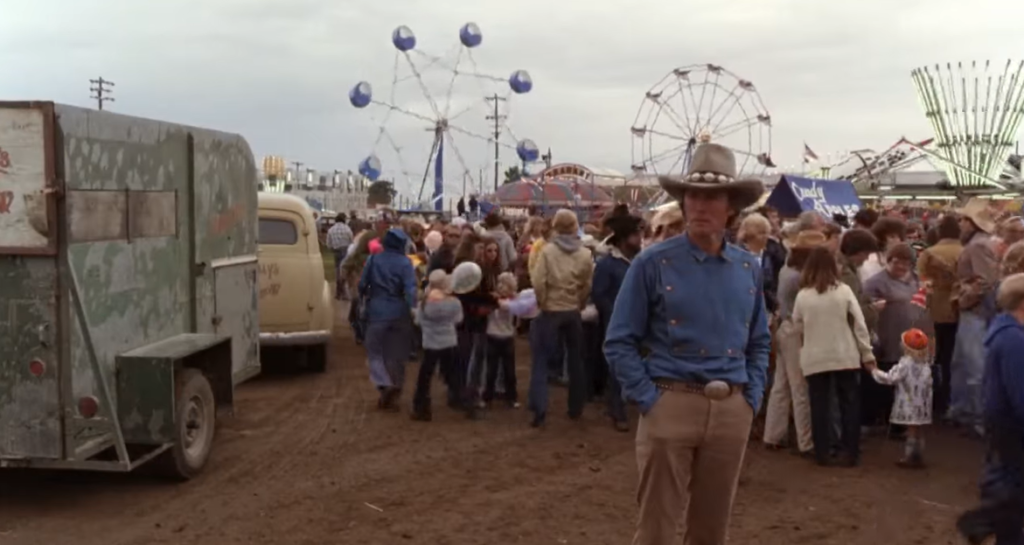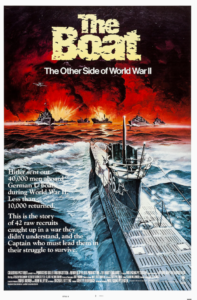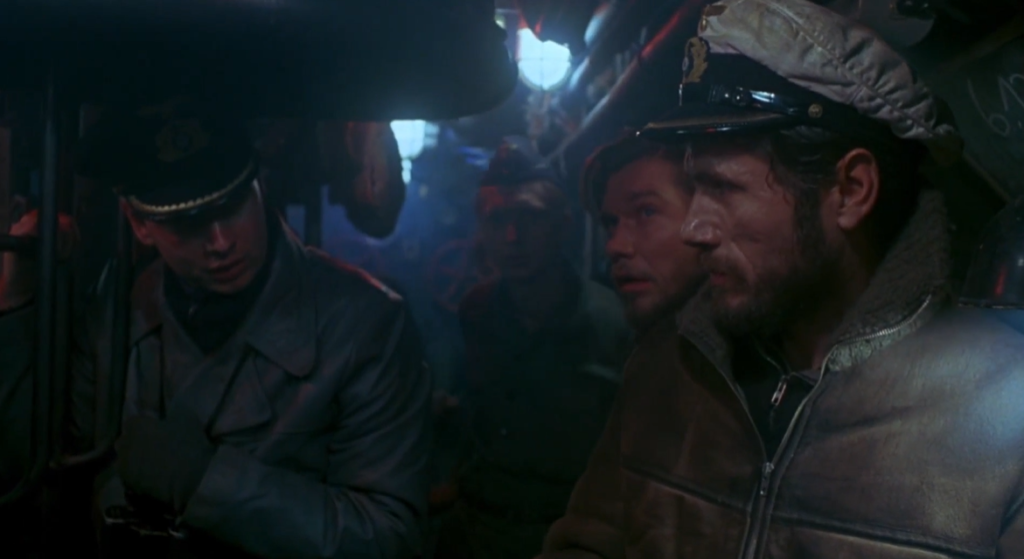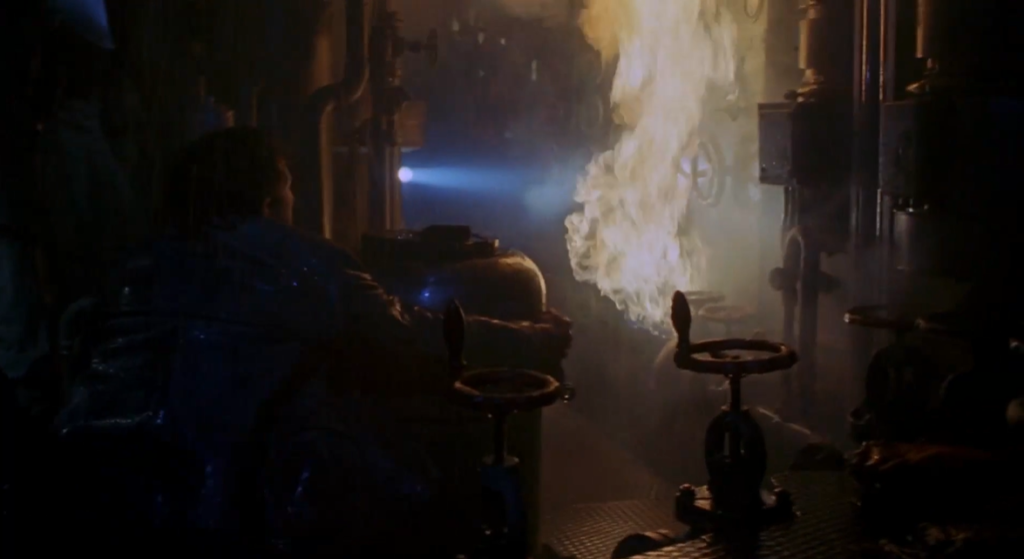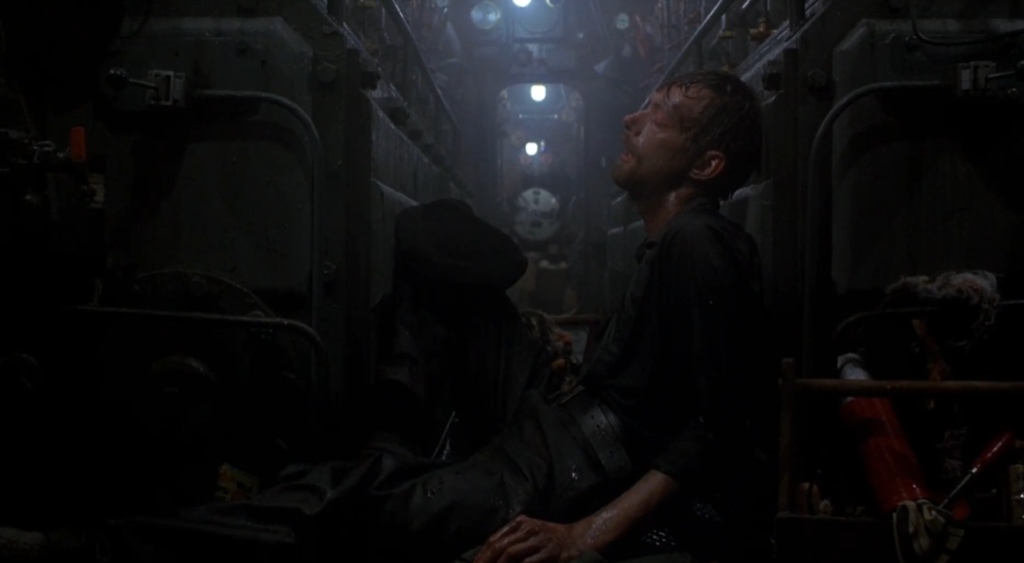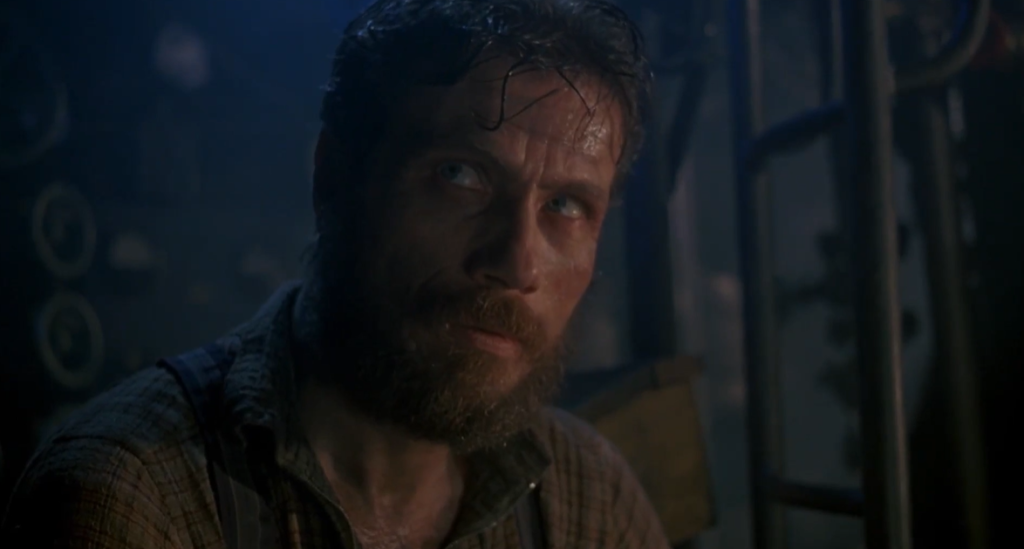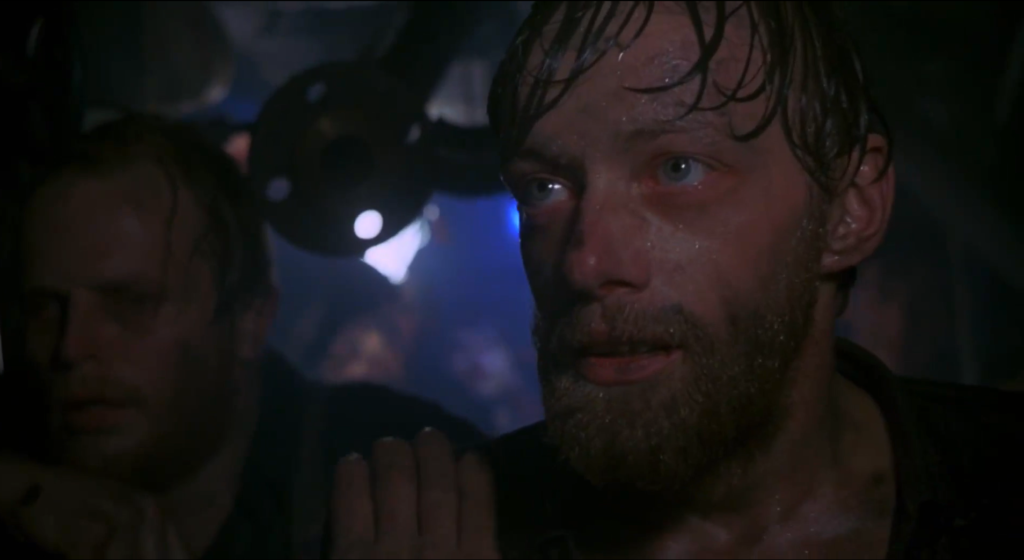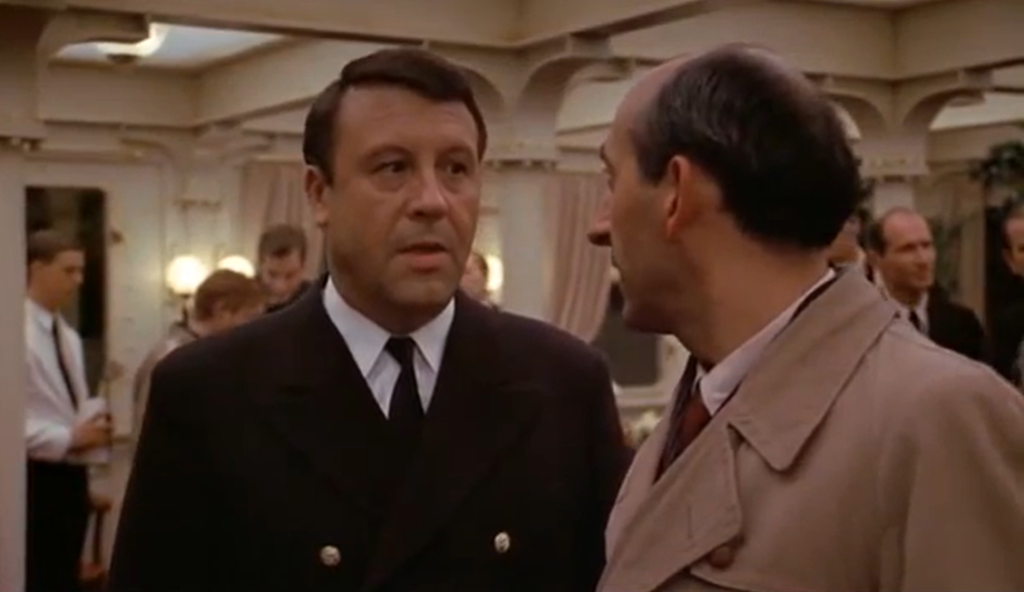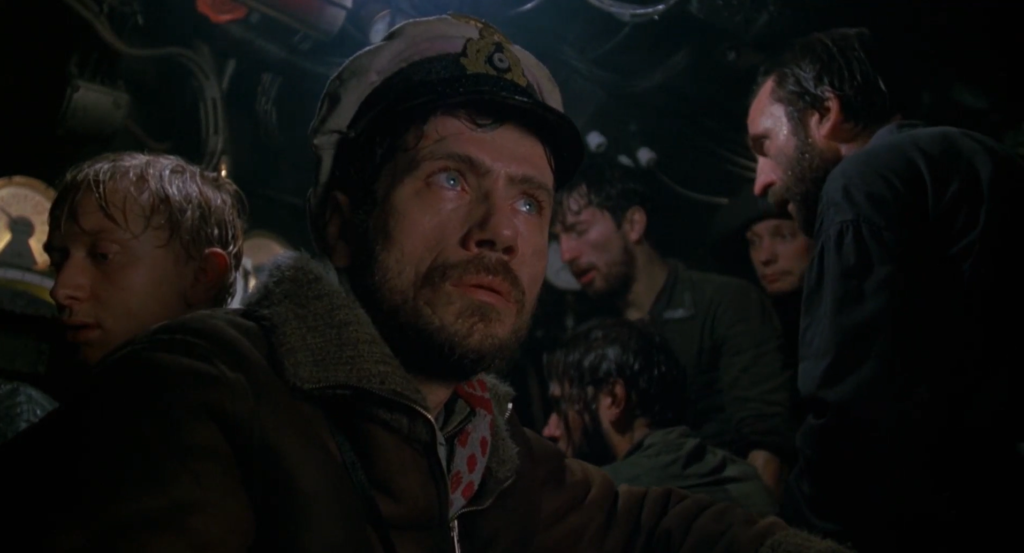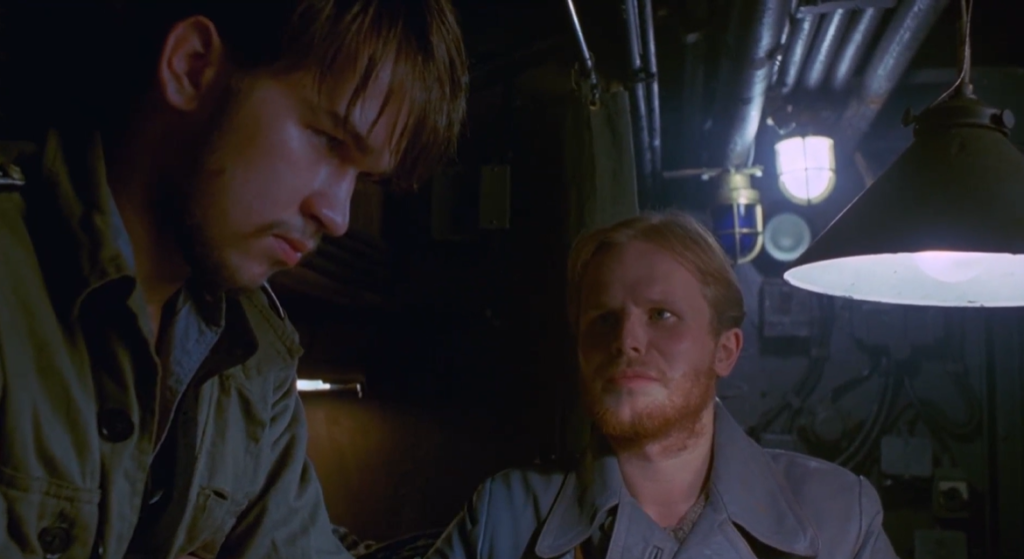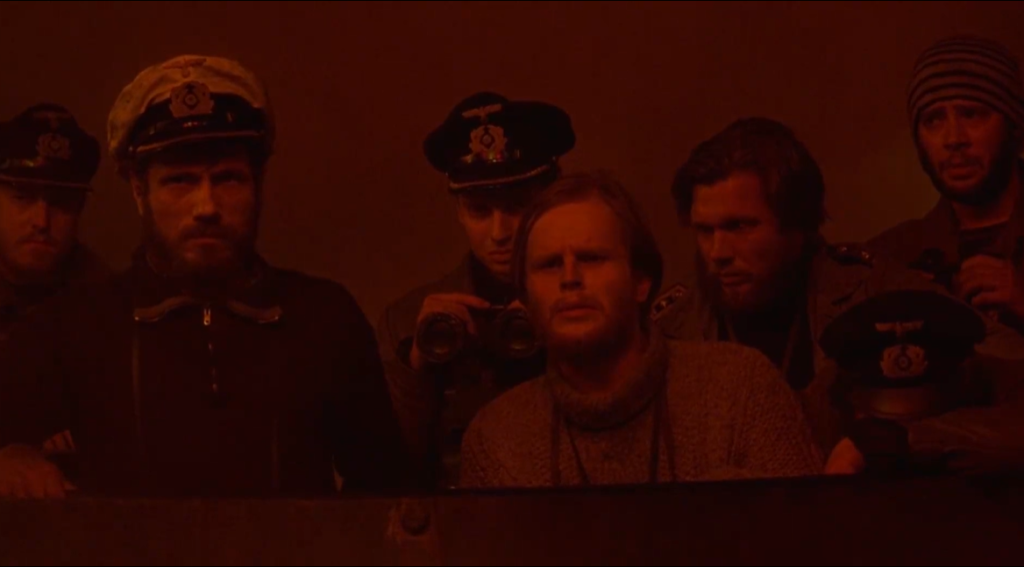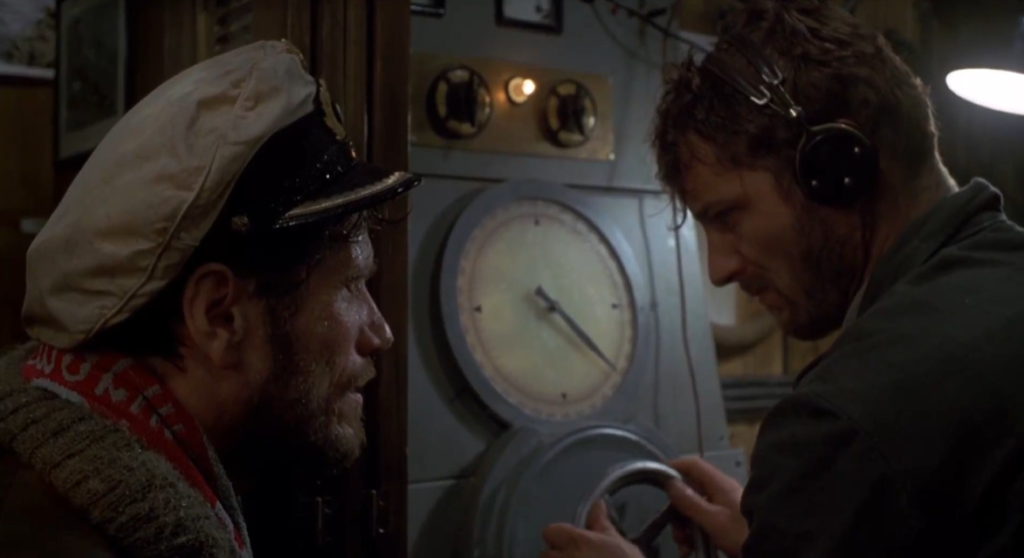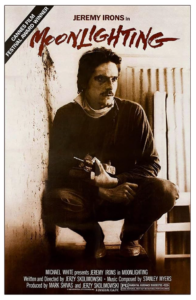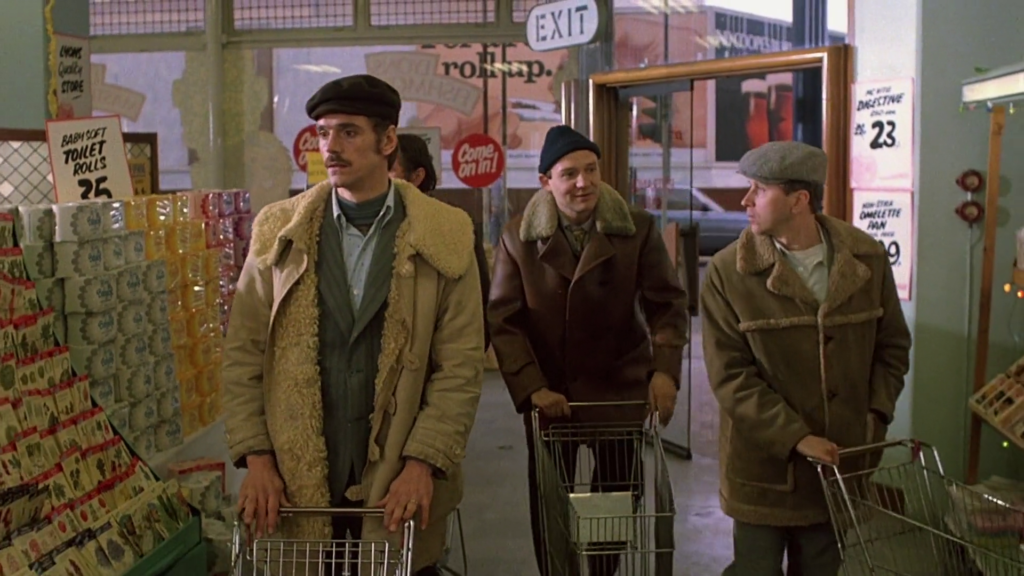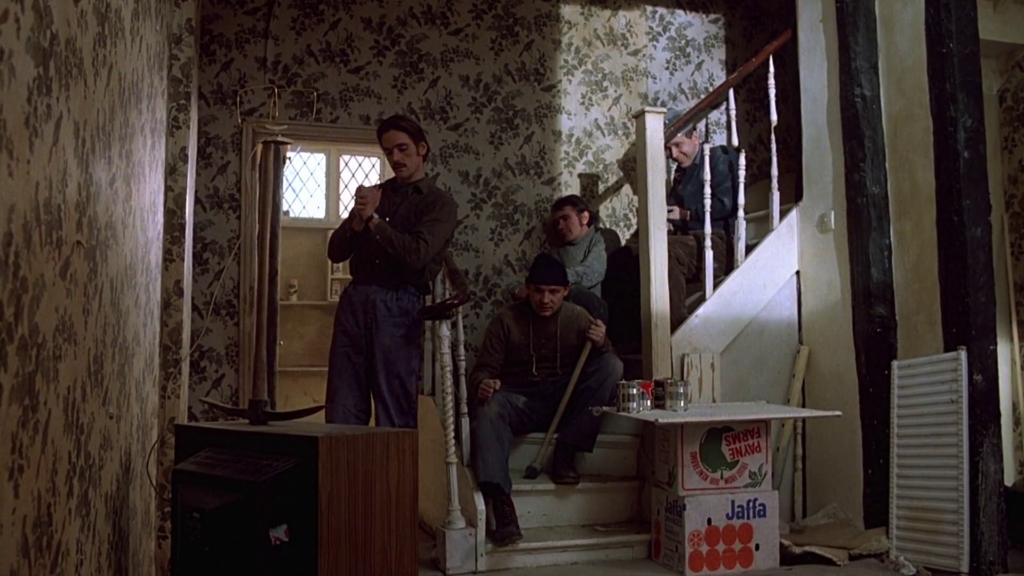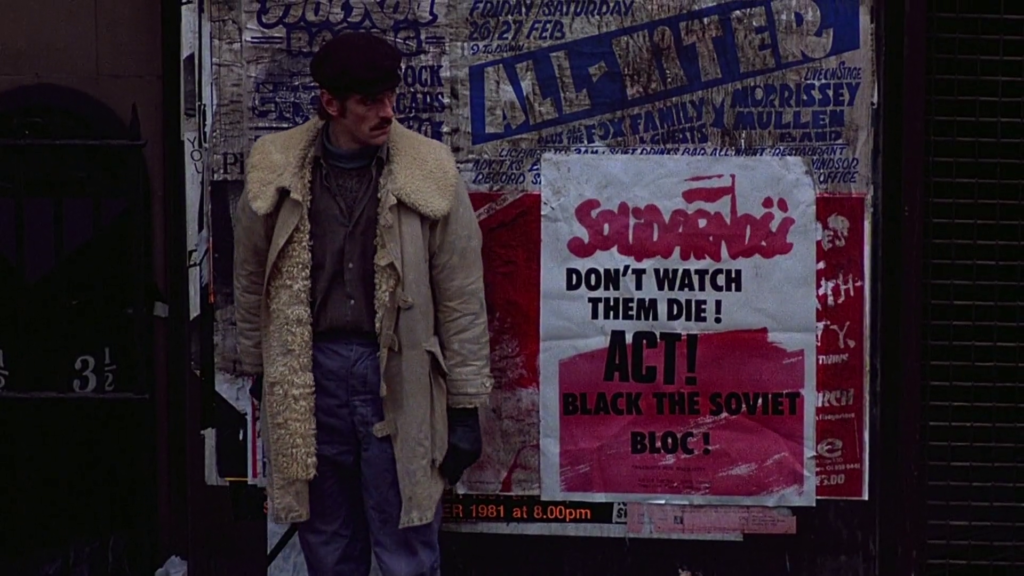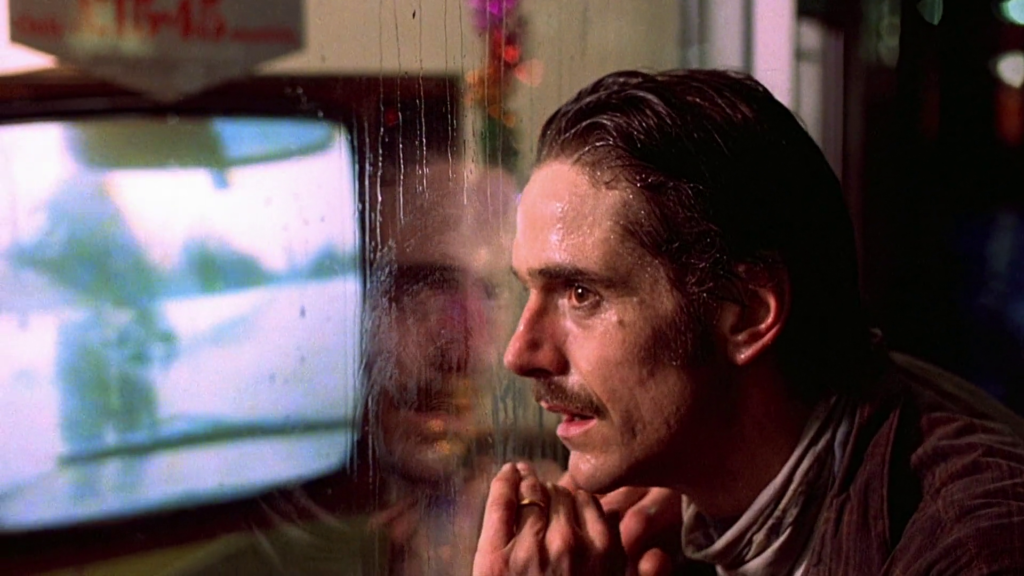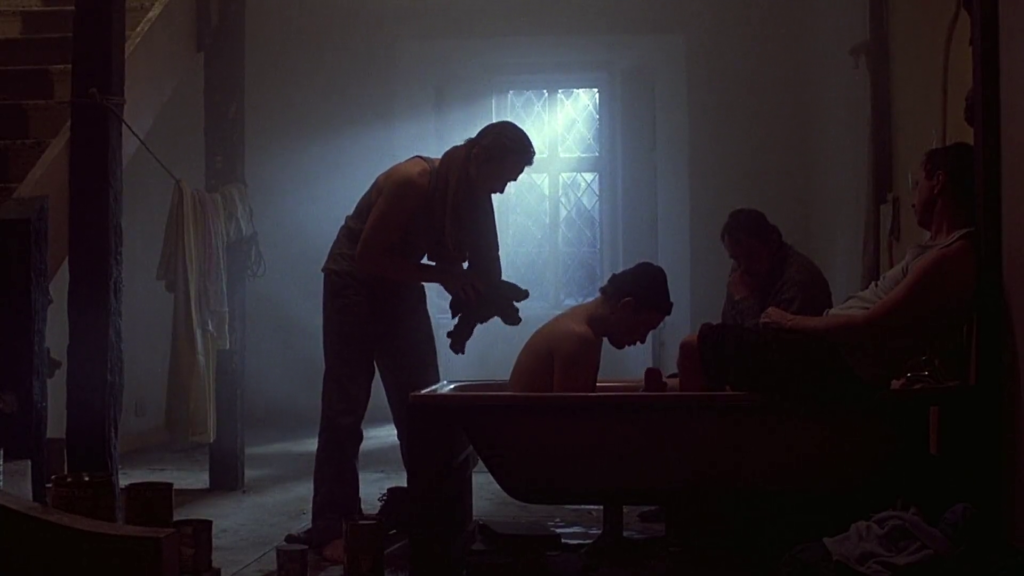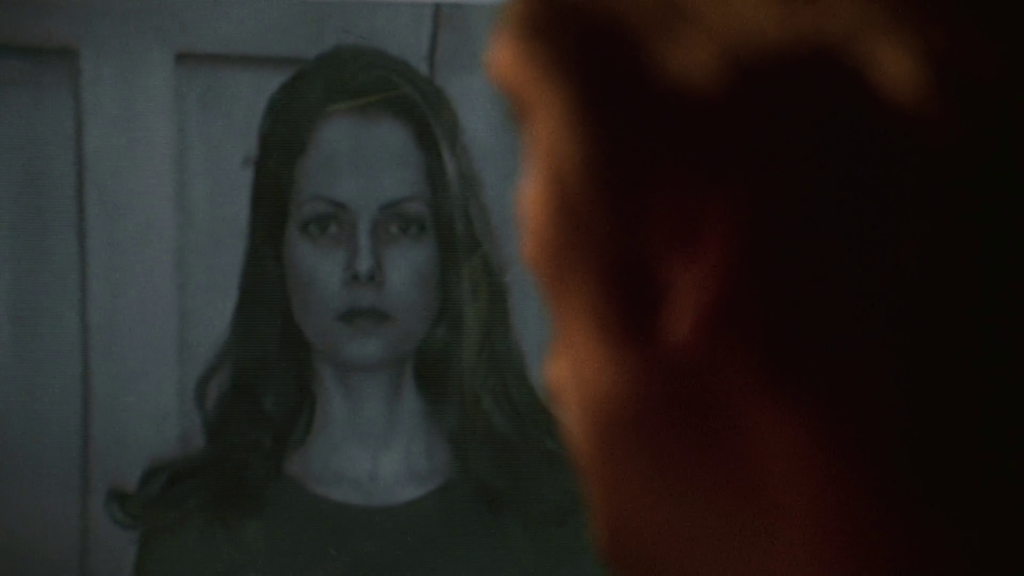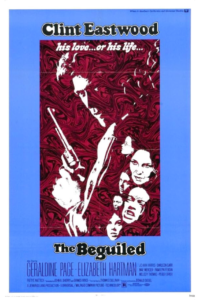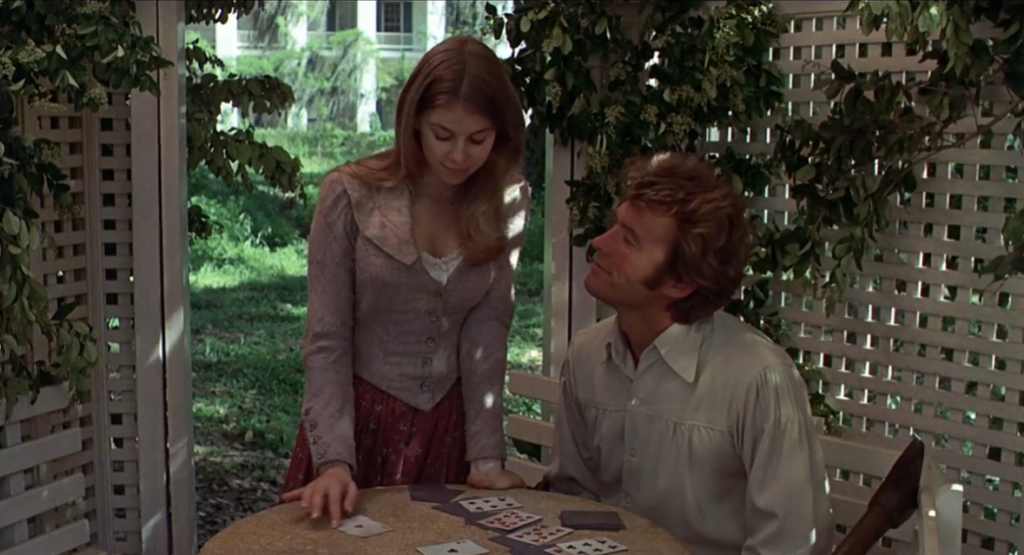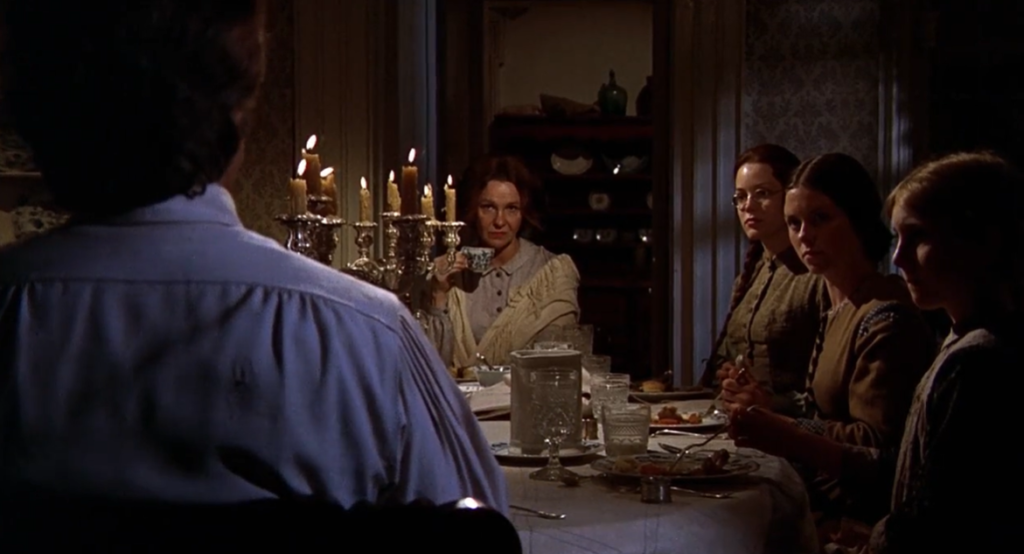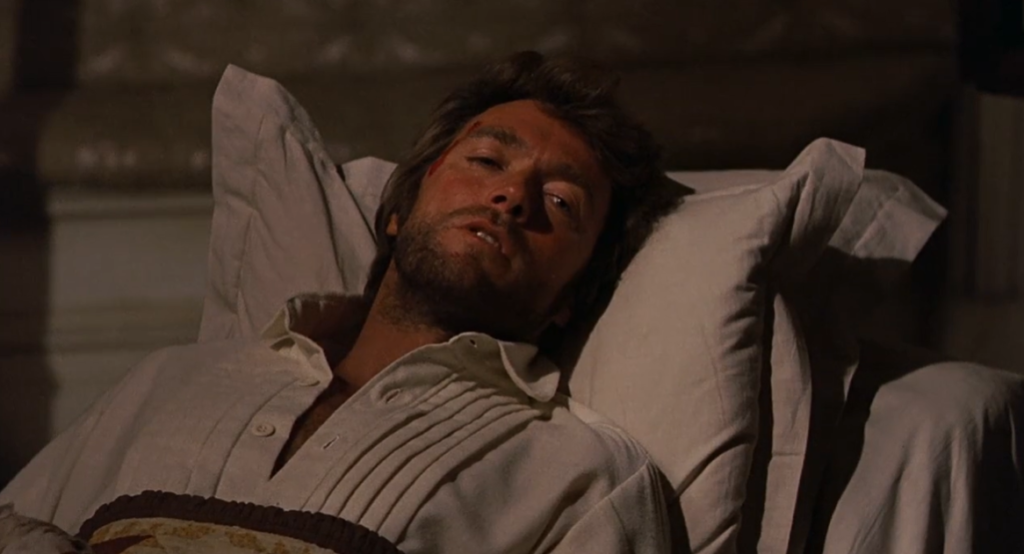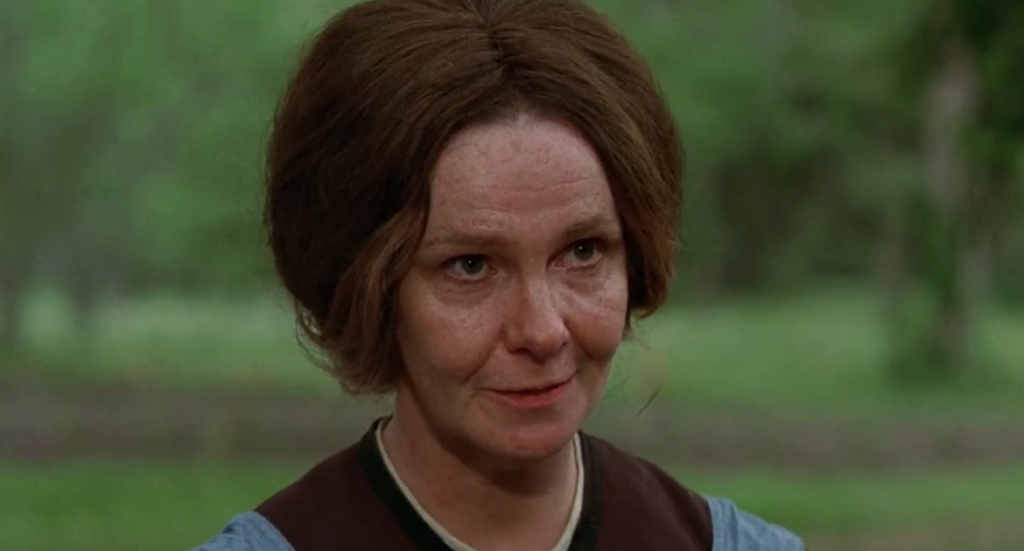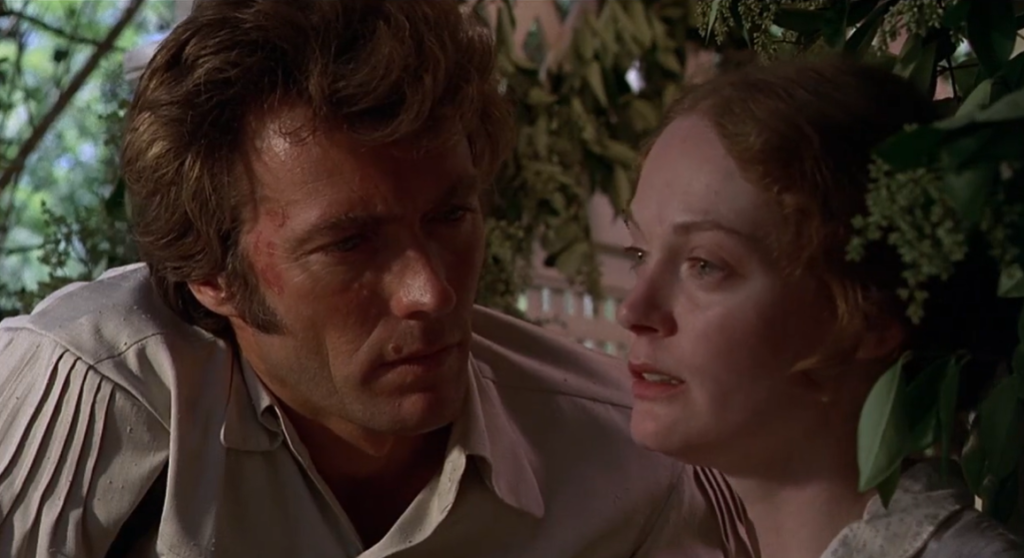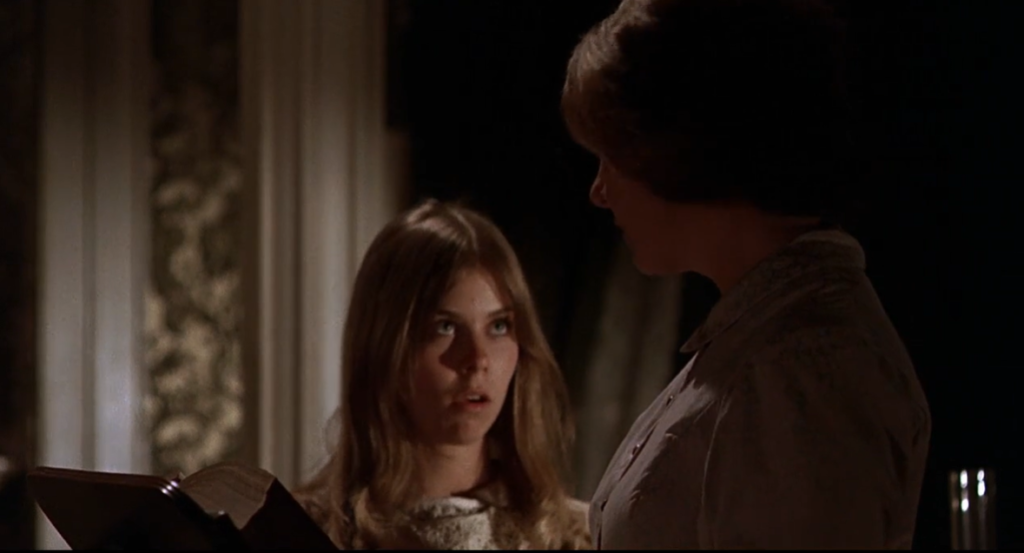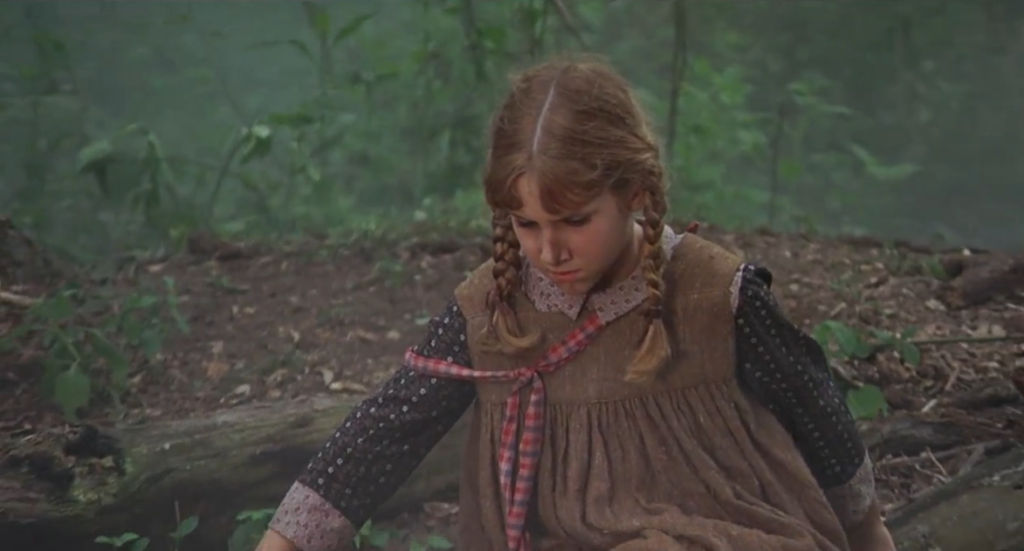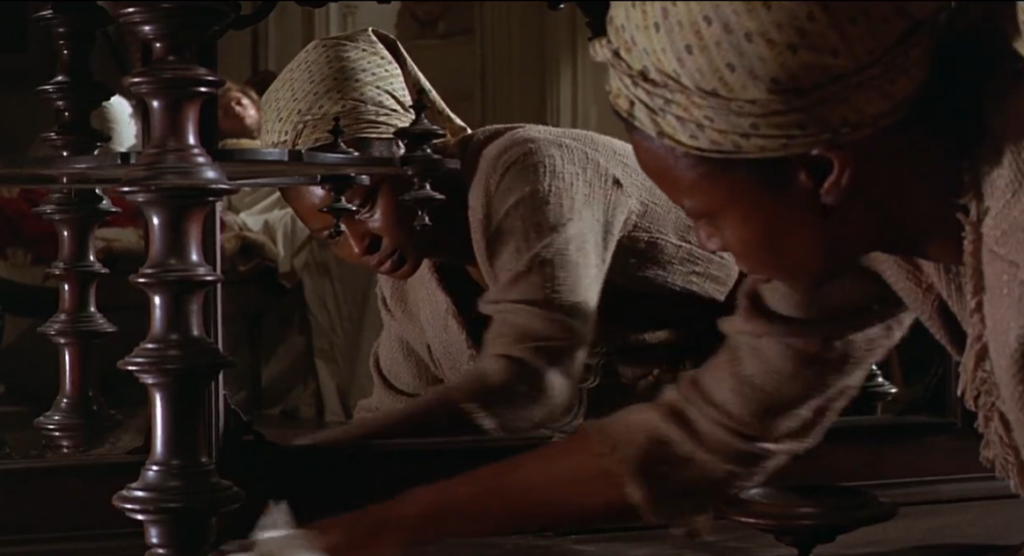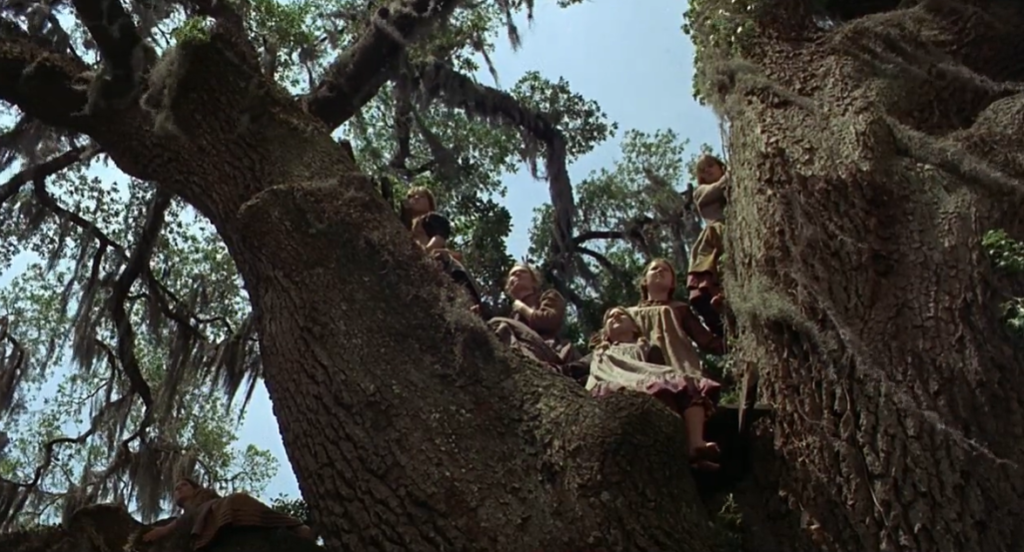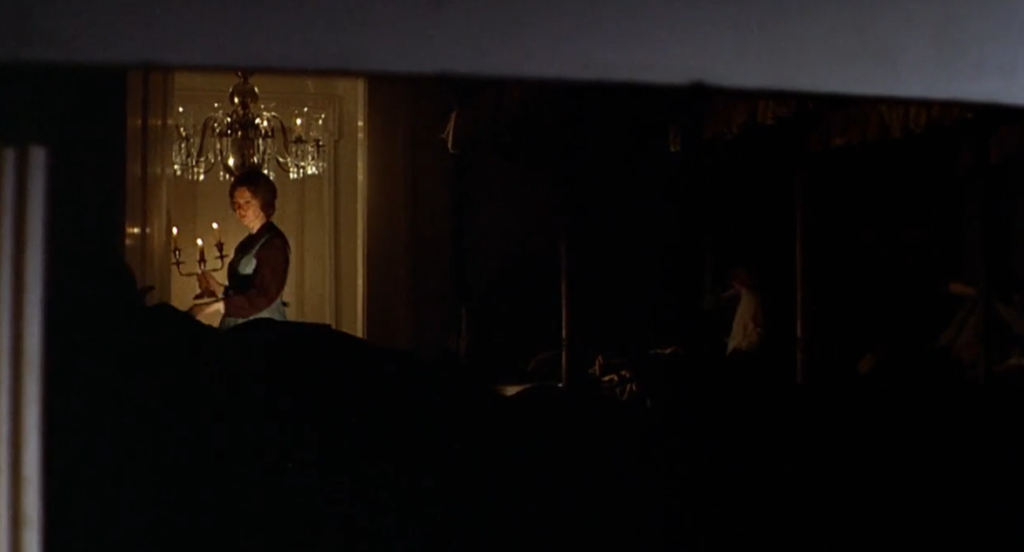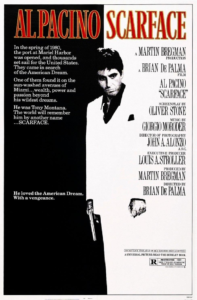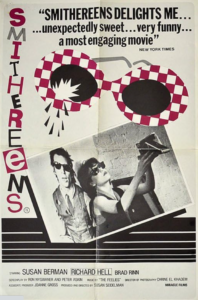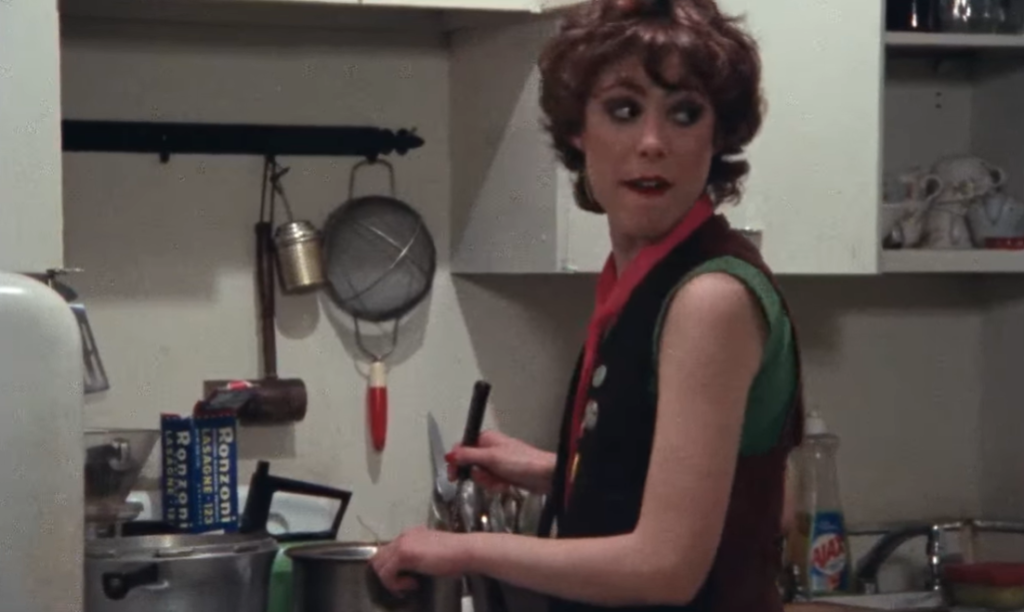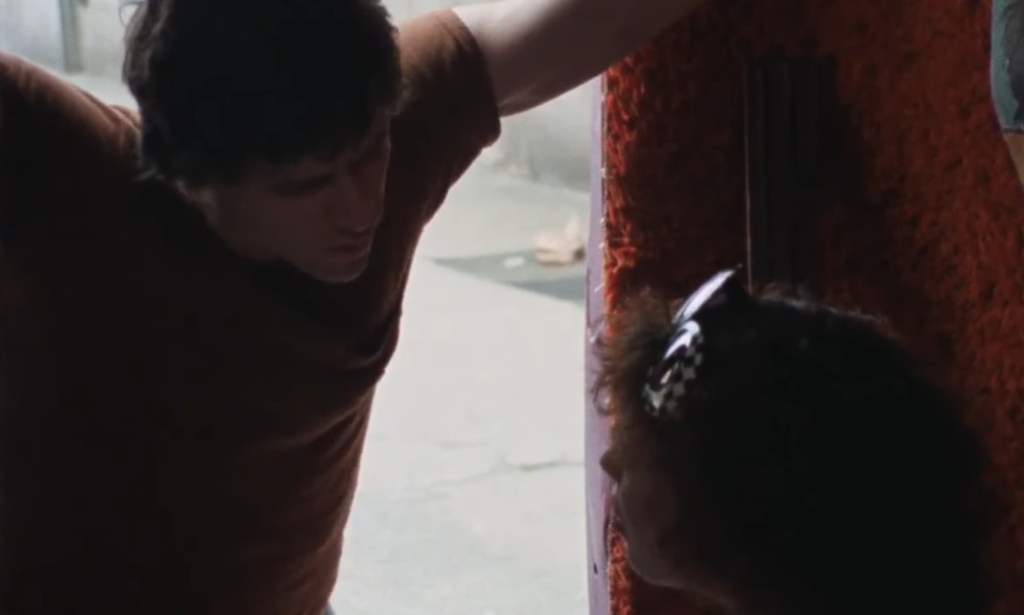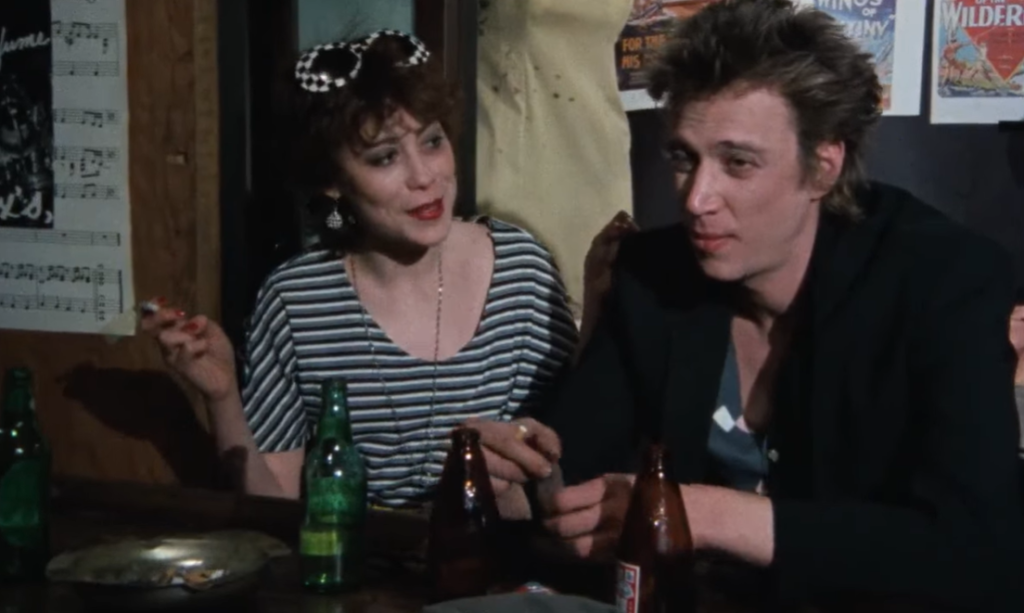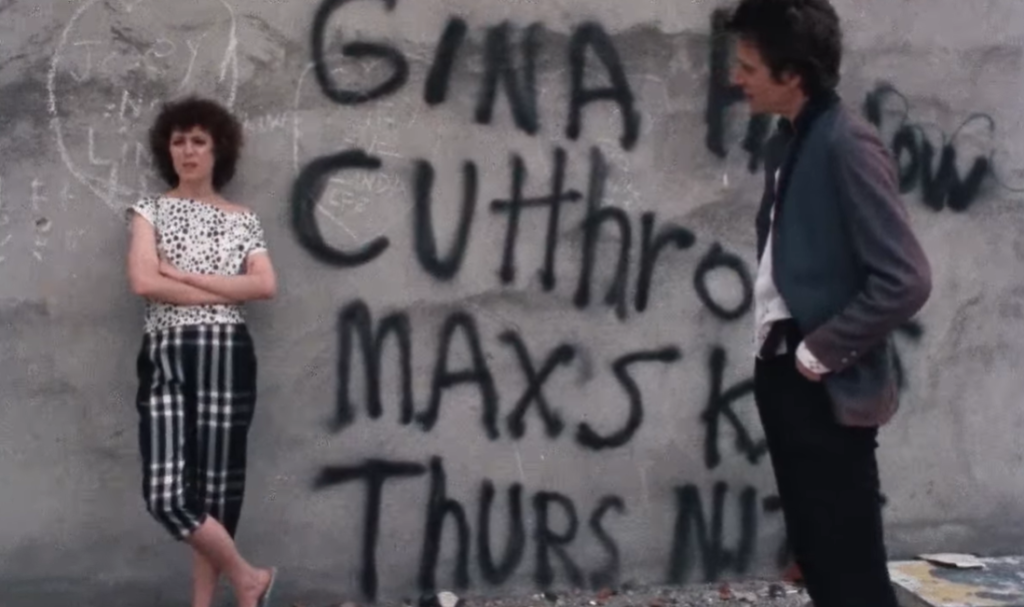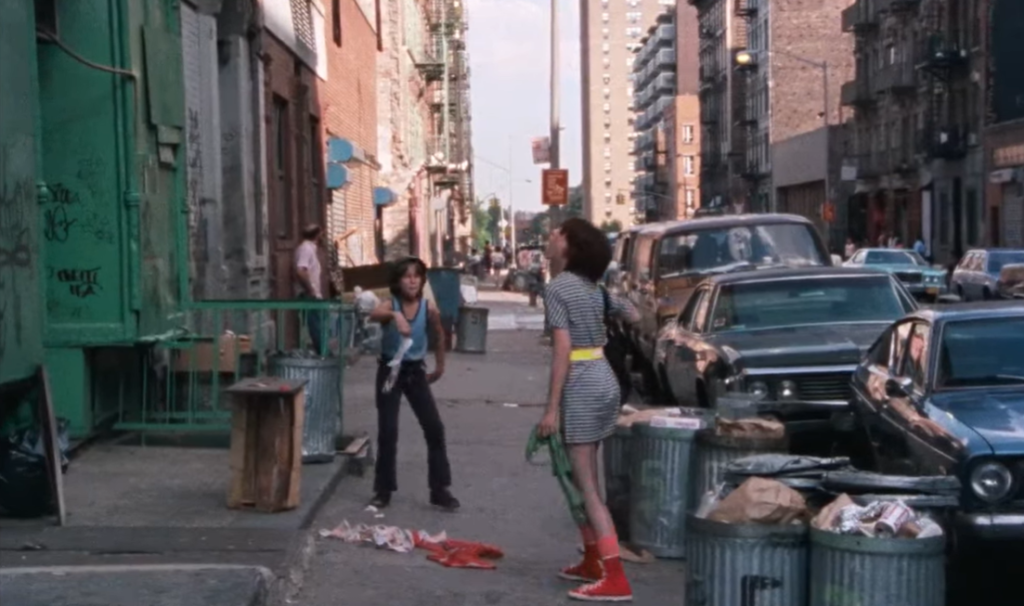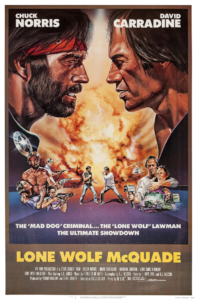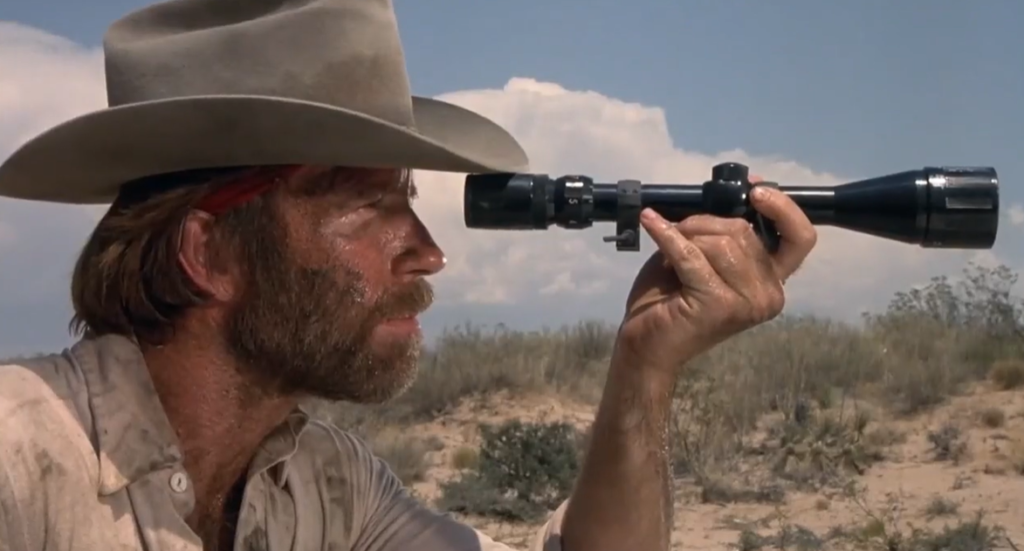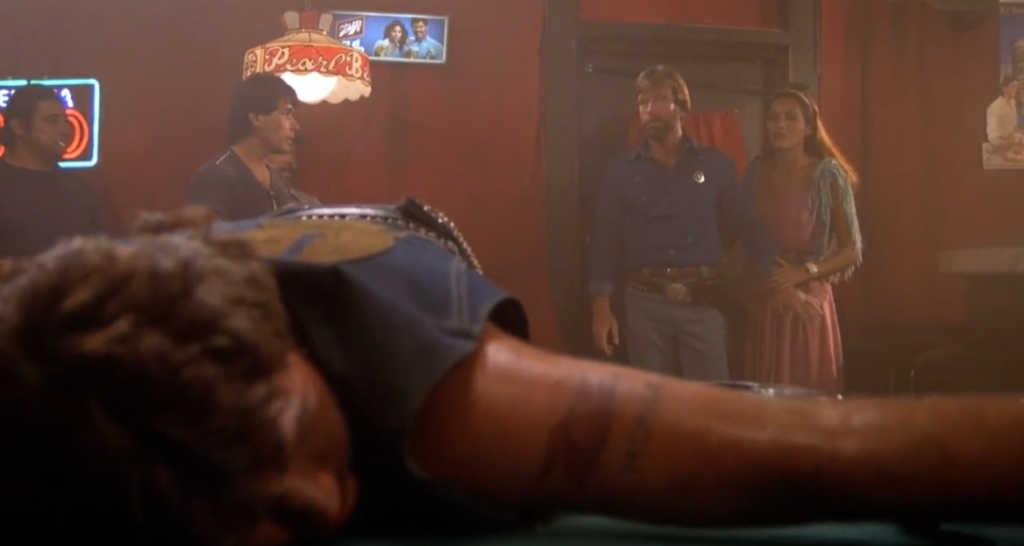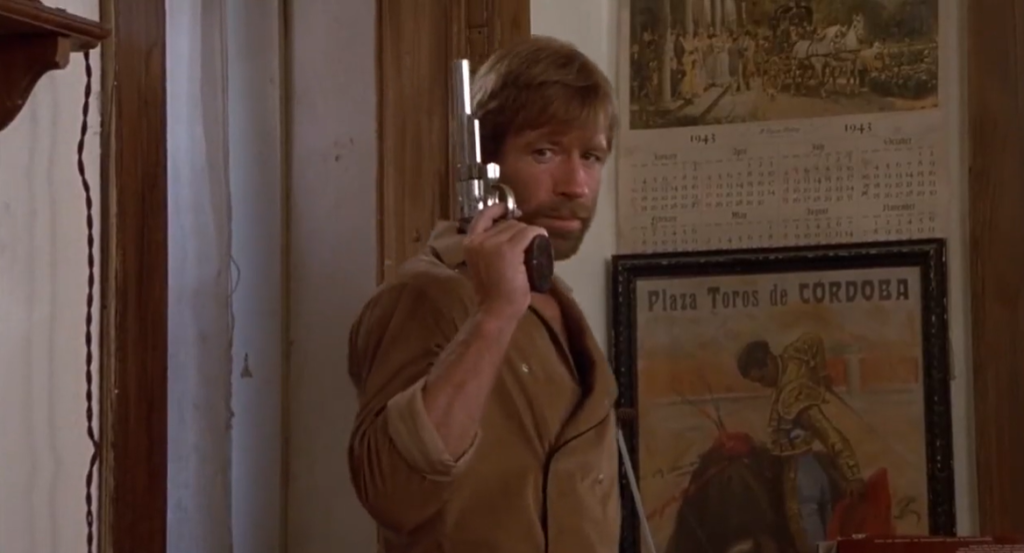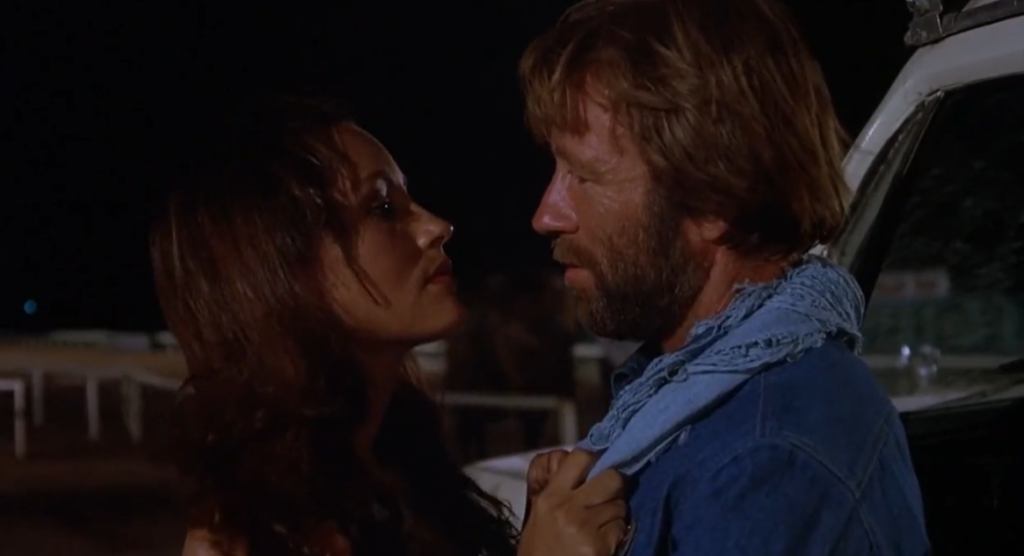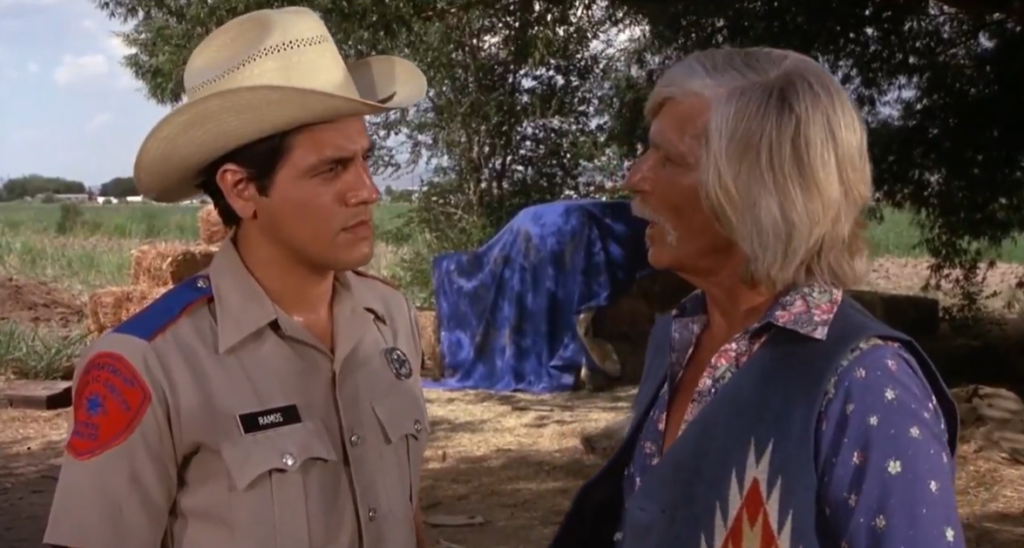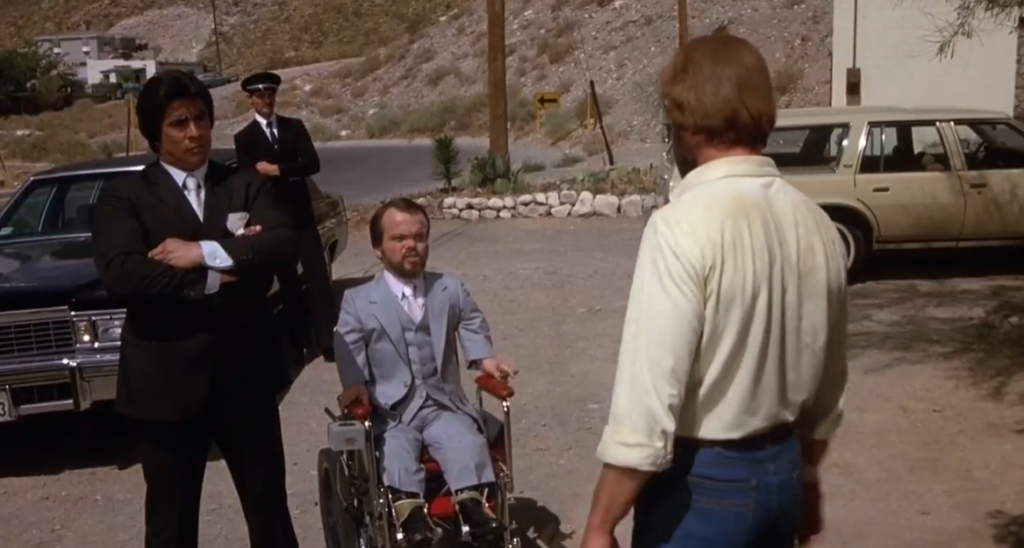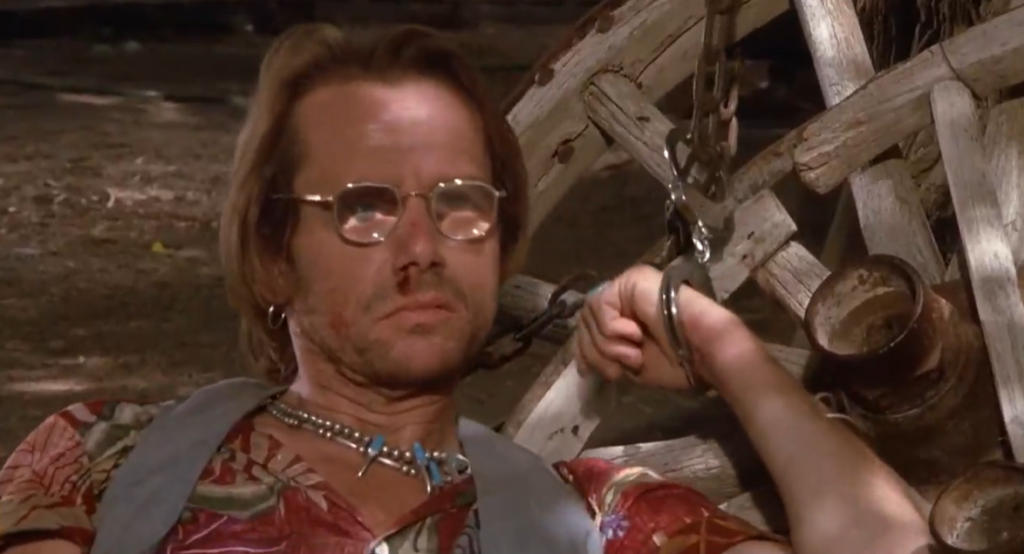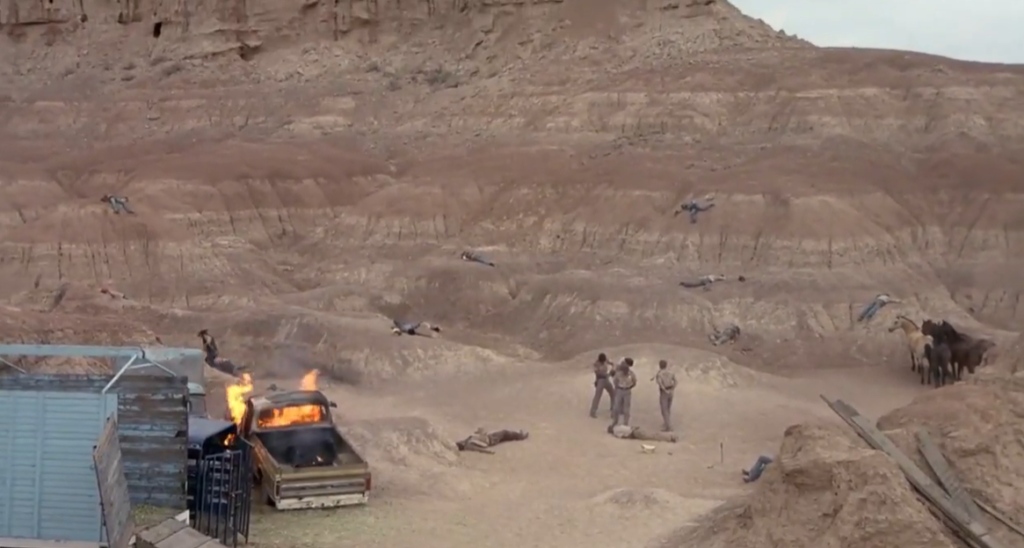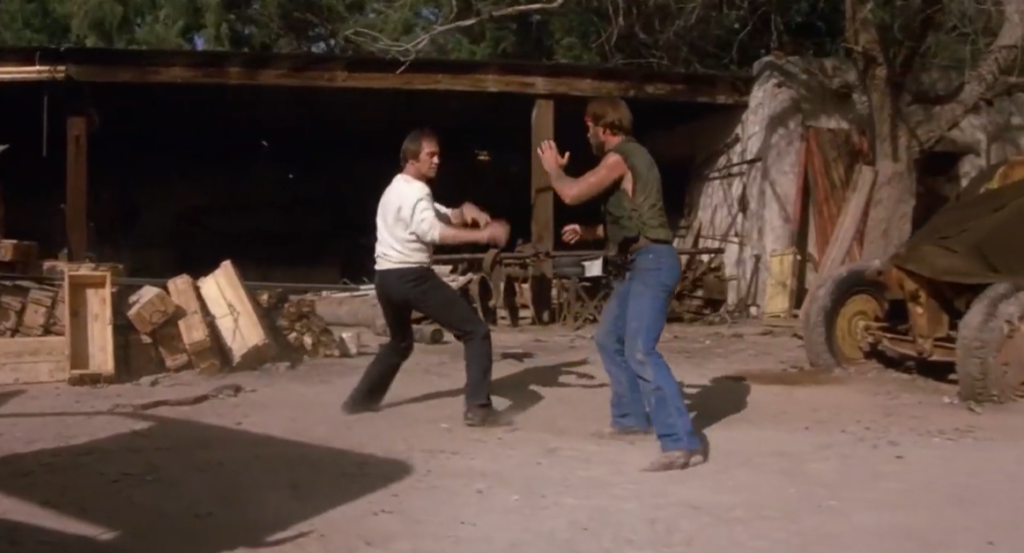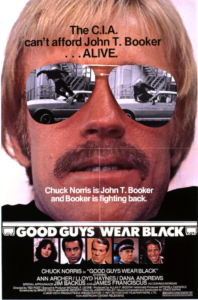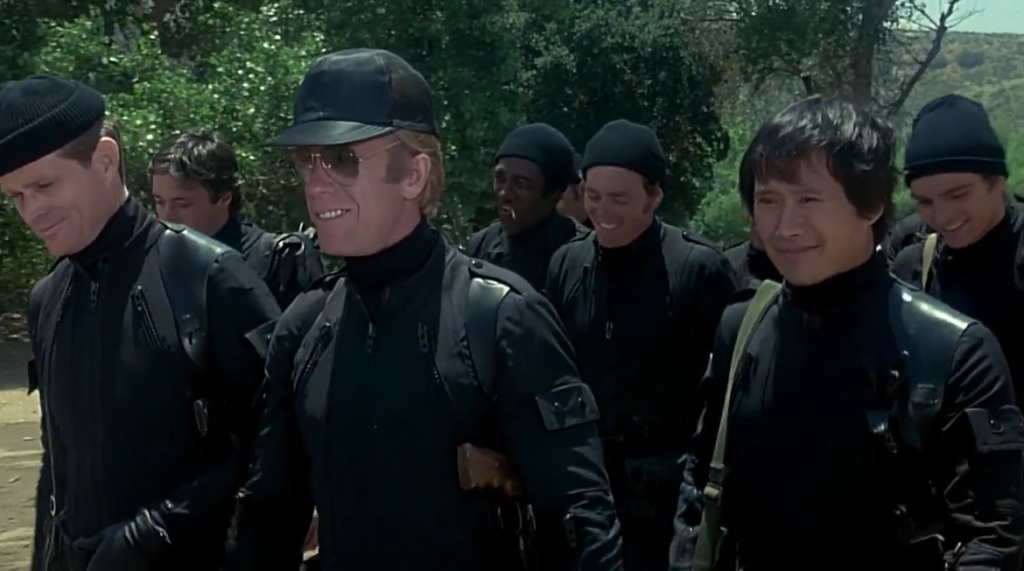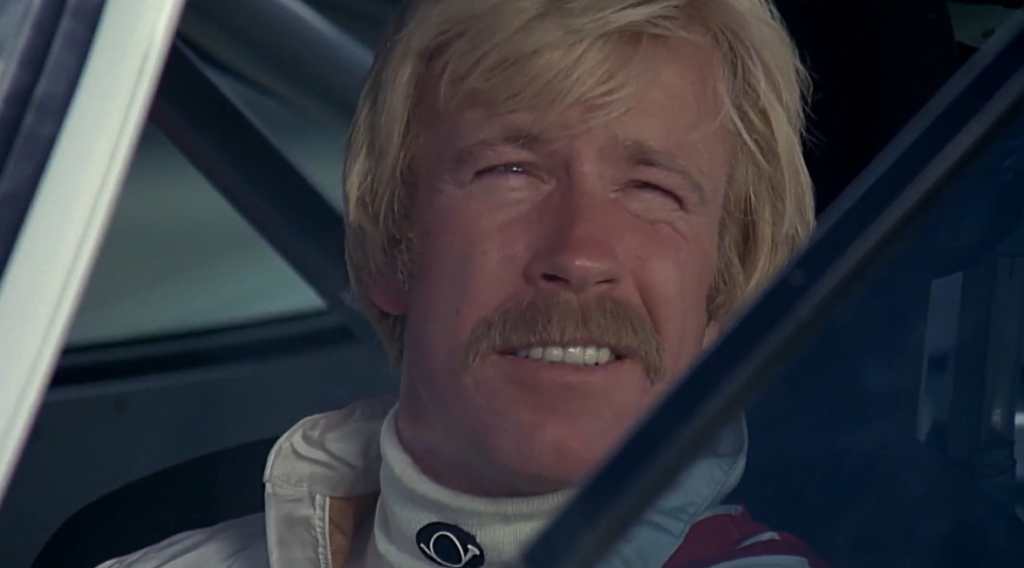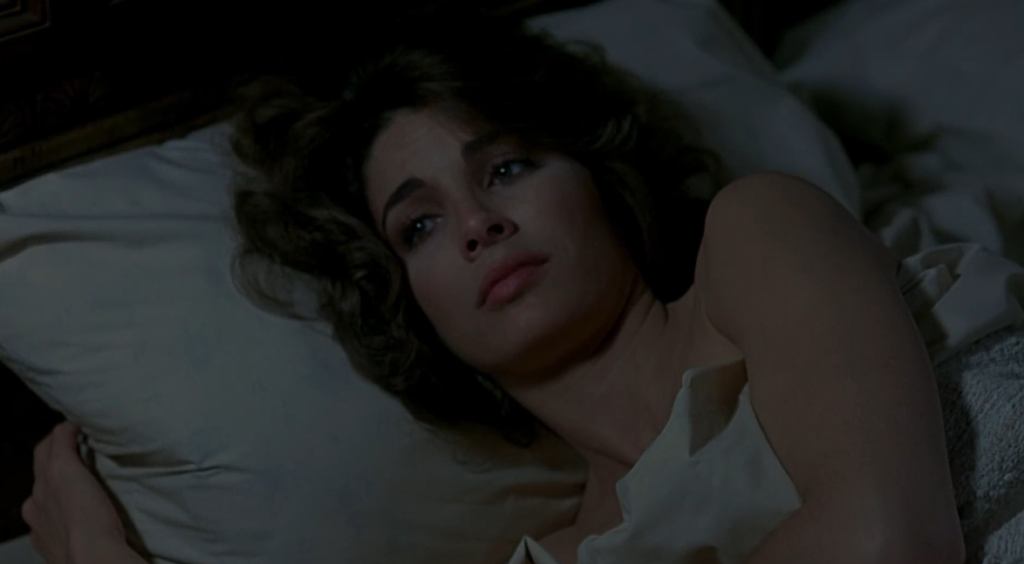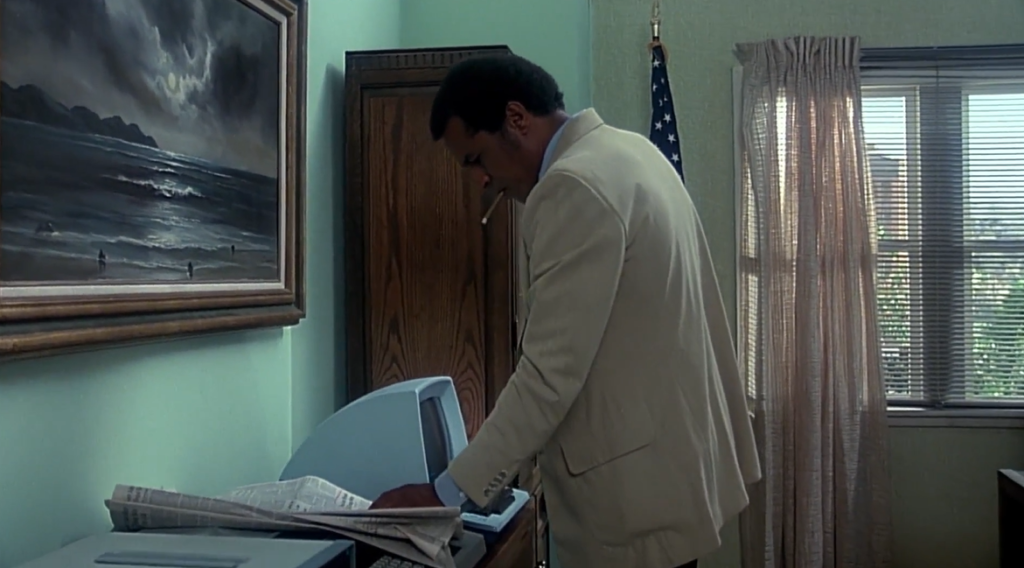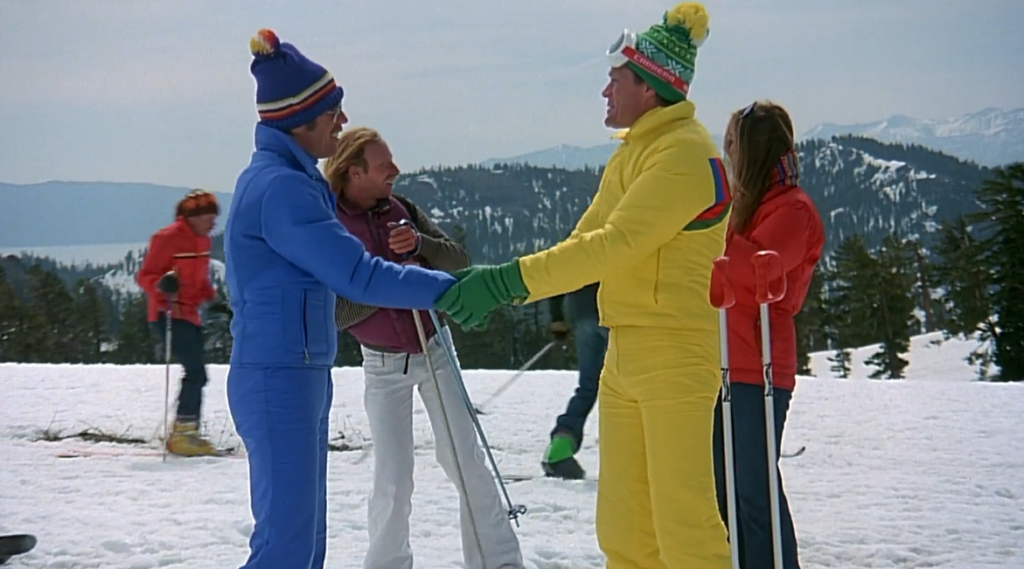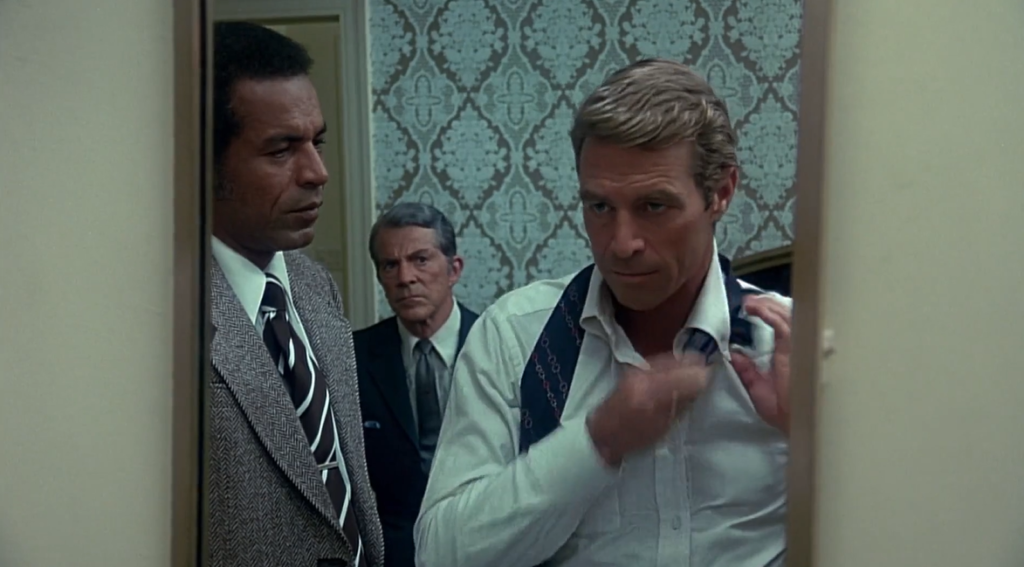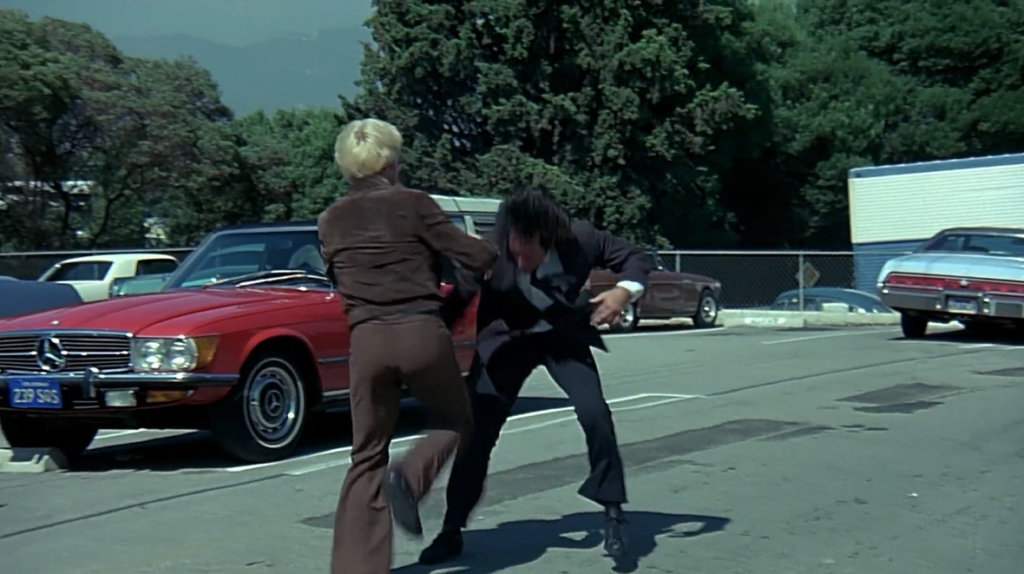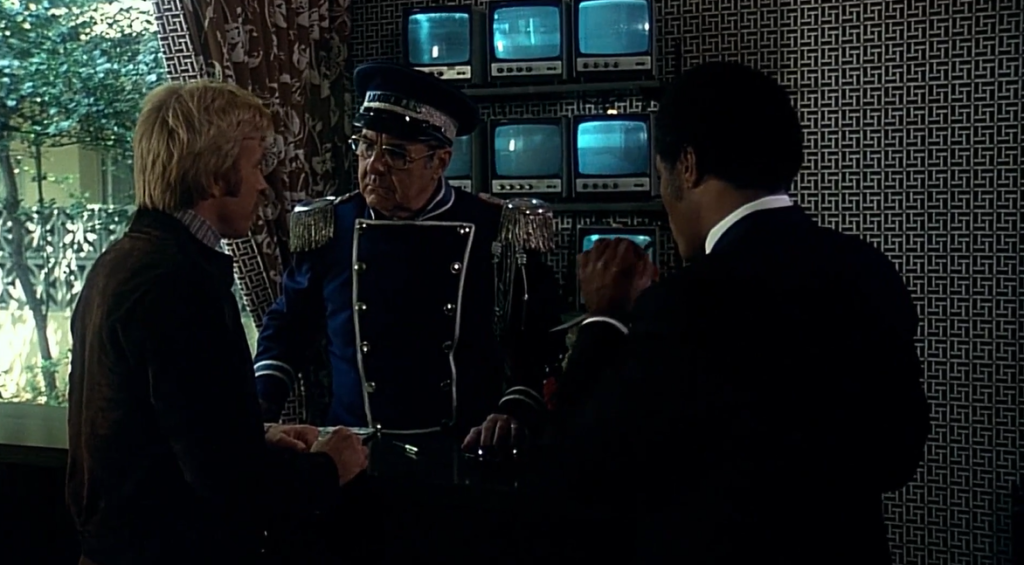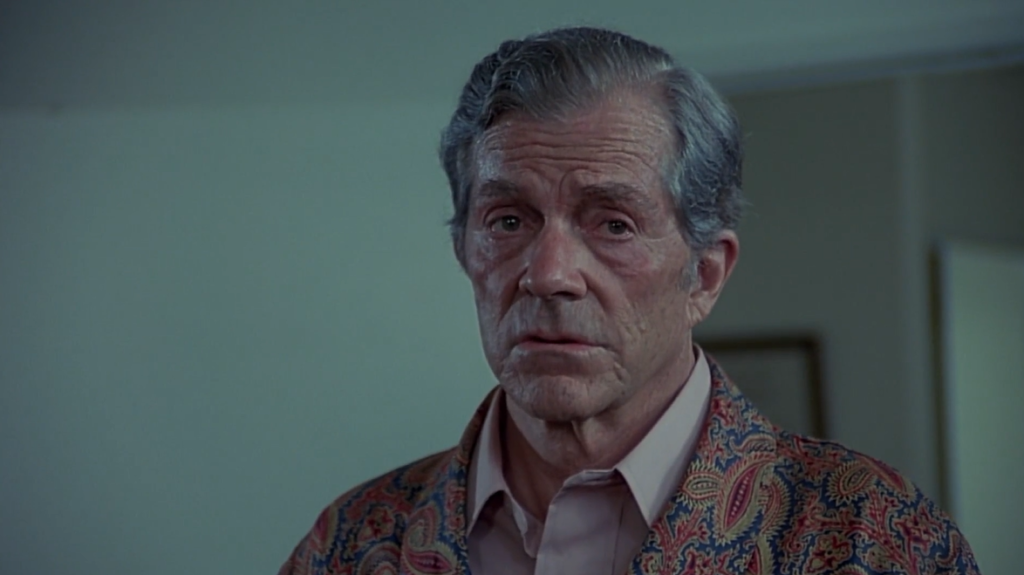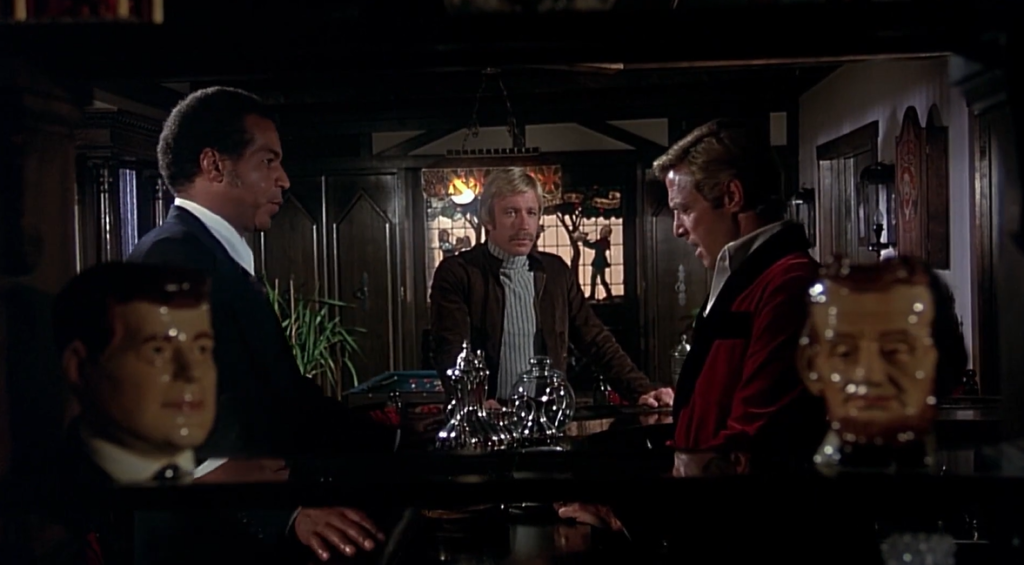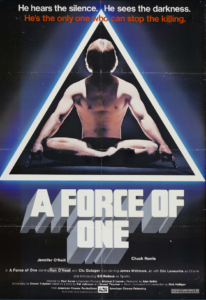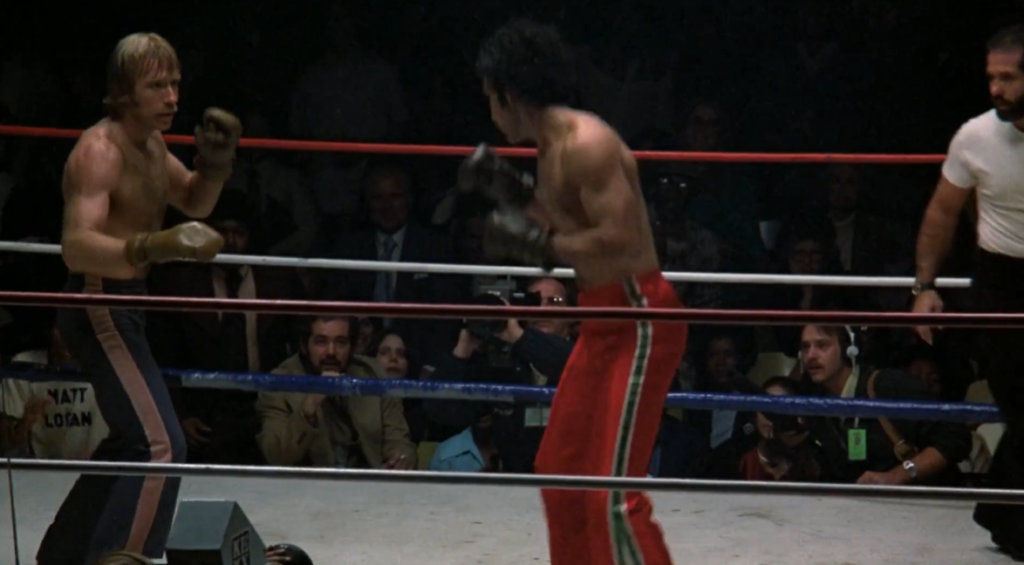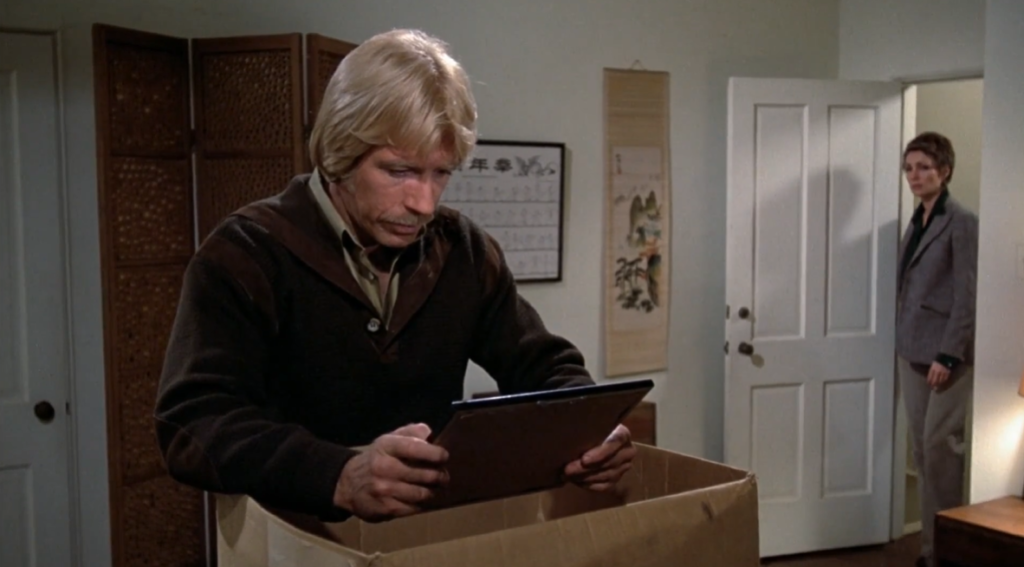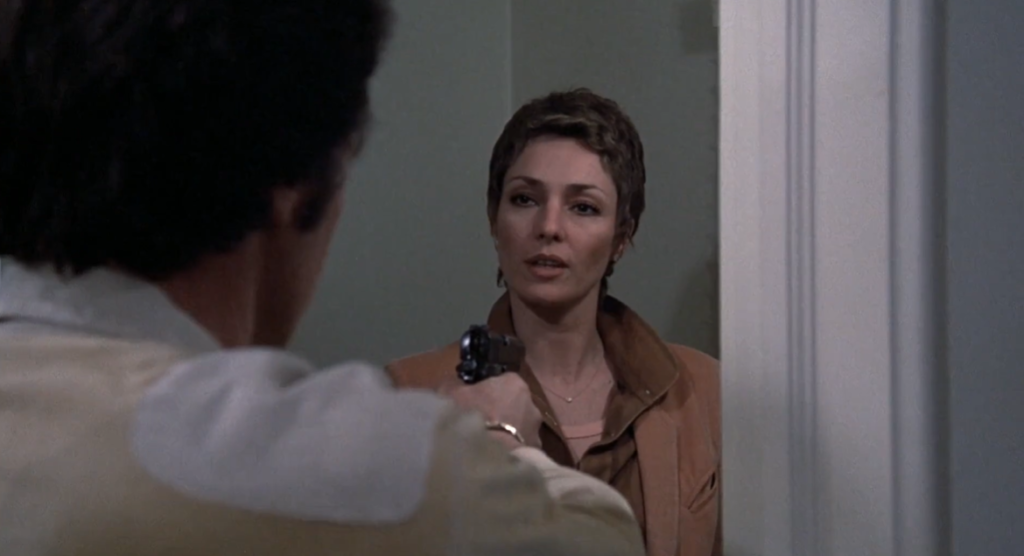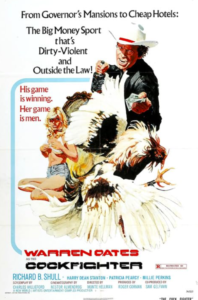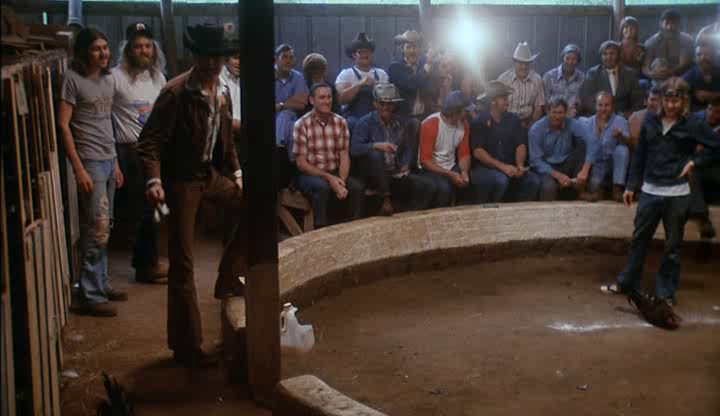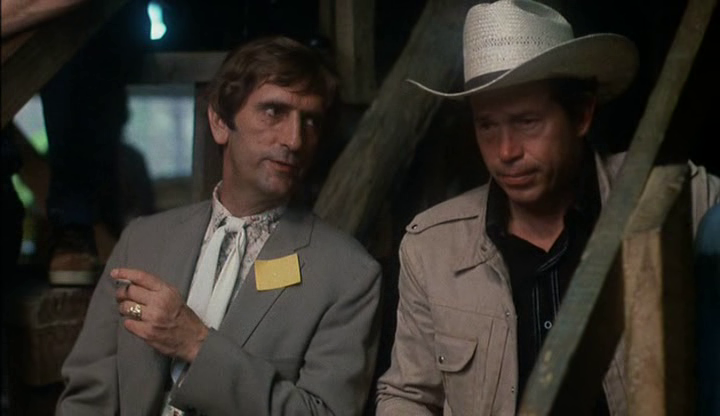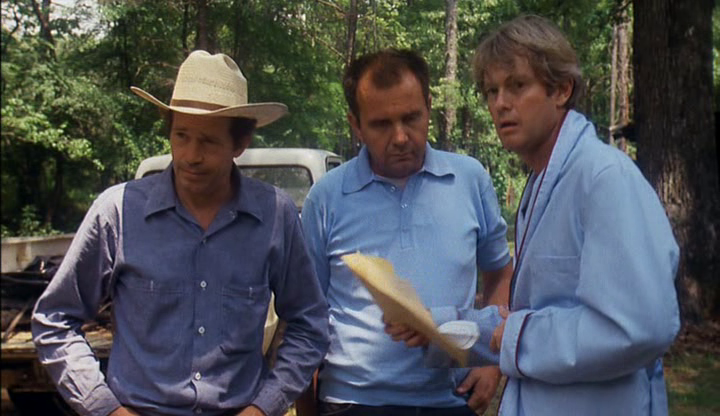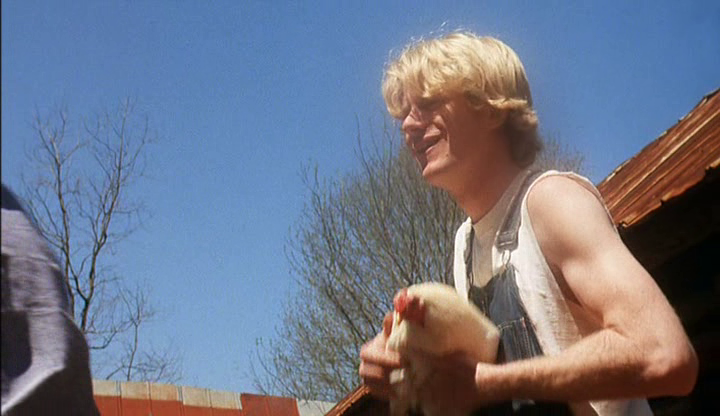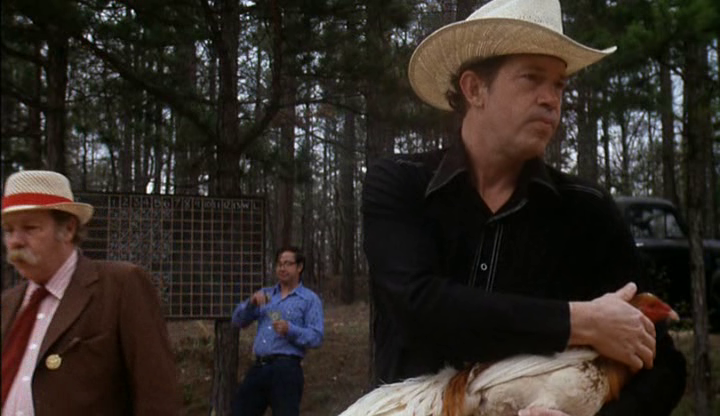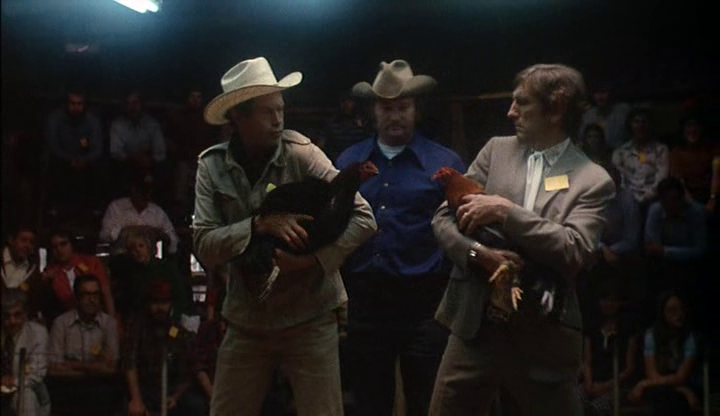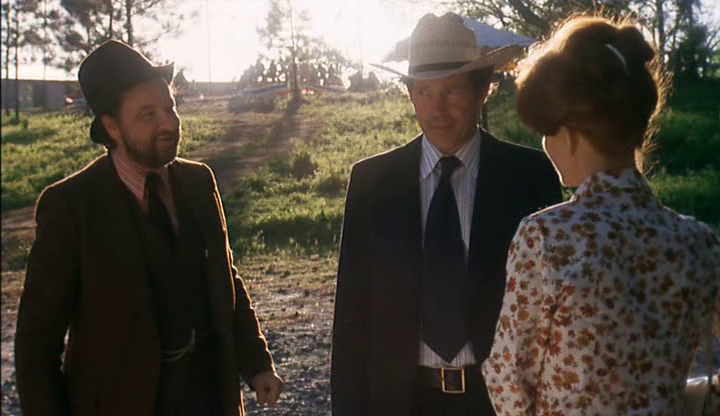|
Genres, Themes, Actors, and Directors:
- Al Pacino Films
- Brian De Palma Films
- Cuba
- Drug Dealers
- Gangsters
- Immigrants and Immigration
- Oliver Stone Films [screenwriter]
- Ruthless Leaders
Response to Peary’s Review:
Peary is clearly not a fan of “Brian De Palma’s… remake of Howard Hawks’s 1932 classic,” referring to it right away as “ugly” and “disappointing.” He argues that Pacino “gives one of the most pungent (as in stinky), self-impressed performances in memory — snarling, swaggering, shouting, sneering, and sniffing coke up his snout ad nauseum.”
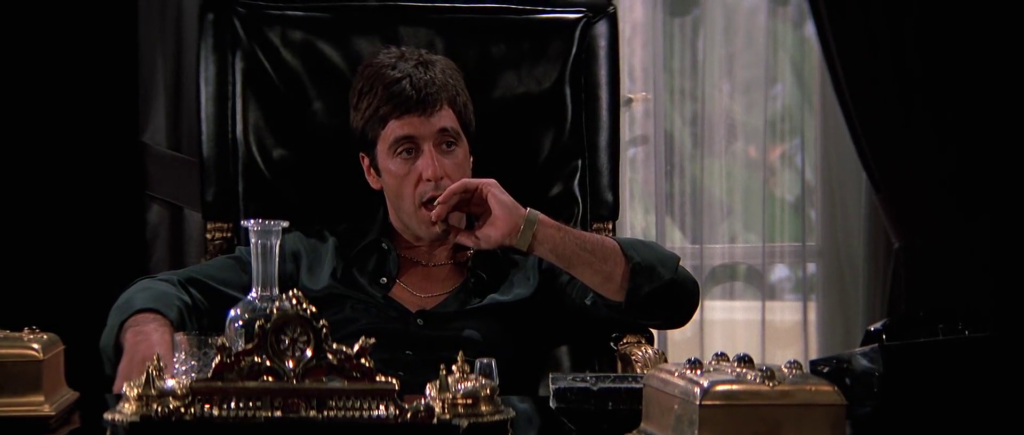
Peary complains about nearly every aspect of the film — but before going further in citing his review, I should note that he was not at all alone in his disdain for this movie at the time of its release; De Palma received a Razzie Nomination as worst director of the year, and according to TCM’s article:
Andrew Sarris branded Scarface “… so much more a disaster than an outrage” while David Denby sloughed it off as “a sadly overblown B-movie.” Brickbats also came from John Simon, Pauline Kael and Rex Reed” — [however] “there were dissenting opinions. In The Chicago Sun Times, Roger Ebert awarded Scarface four out of four stars. In the New York Times, Vincent Canby found the film “a revelation…” and in Time Richard Corliss claimed “Pacino creates his freshest character in years.”
Peary writes that “the story details Pacino’s rise from petty drug runner to righthand man of Miami’s drug emperor to emperor himself,” noting it’s a path “marked by bloody rub-outs, great amounts of money floating about, connections with corrupt policemen and drug suppliers in South America”:
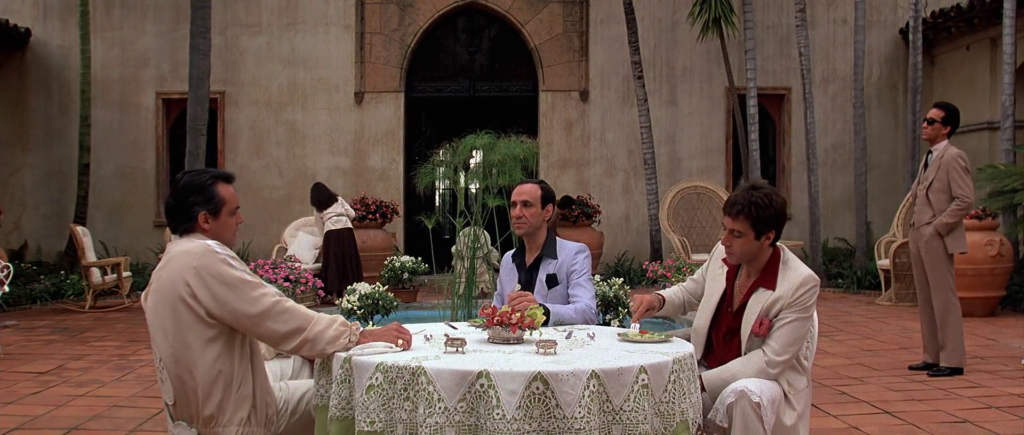
… “and fallings out with his pretty wife (Michelle Pfeiffer), faithful friend (Steven Bauer)… and decent but naive sister (Mary Elizabeth Mastrantonio).”
He complains that “De Palma doesn’t show the development of the incestuous, overly protective feelings Pacino has for his sister after they are reunited in Miami (and she has matured from kid to sexy woman),” noting that “it happens too quickly and comes across as just a writer’s convenience that will cause Pacino to break with Bauer (who loves Pacino’s sister.” (I disagree; inappropriate attractions can start early, and Pacino’s character is most certainly a disturbed dude.)
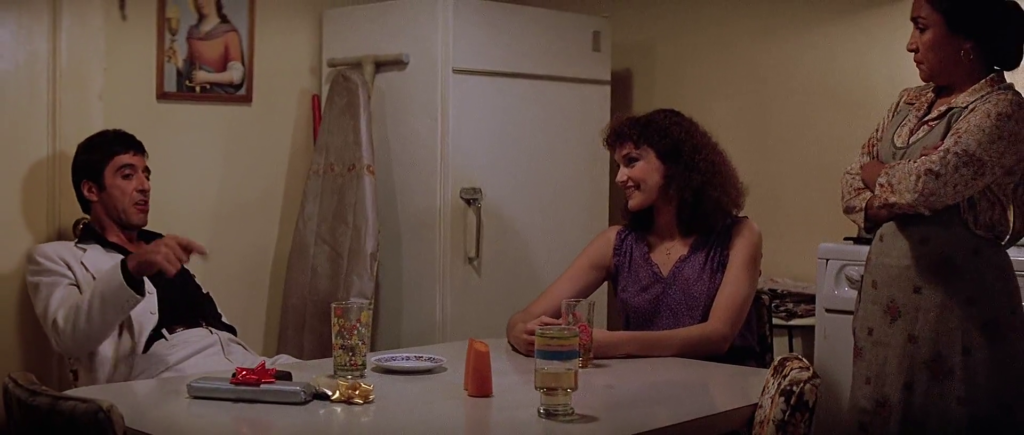
Peary also argues that De Palma “neglects showing [the] inner workings of Pacino’s mob,” and questions, “Where are all his men and what do they do all day? We just see a few guys repeatedly making large bank deposits.”
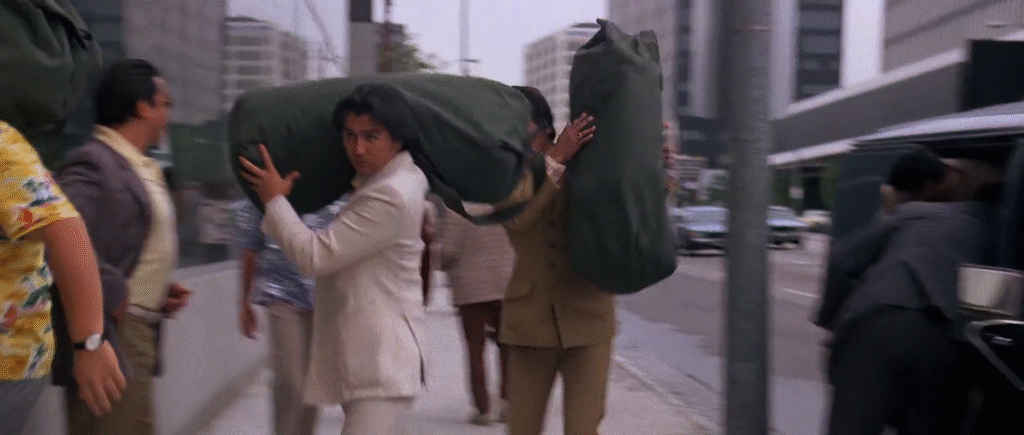
He adds: “They deal drugs, but, considering this is a gangster film, rules of the genre dictate we be able to envision Pacino’s territory.” (I wasn’t personally bothered by this; we get enough of a sense of Pacino’s hold on his men through the violent actions we do see.)
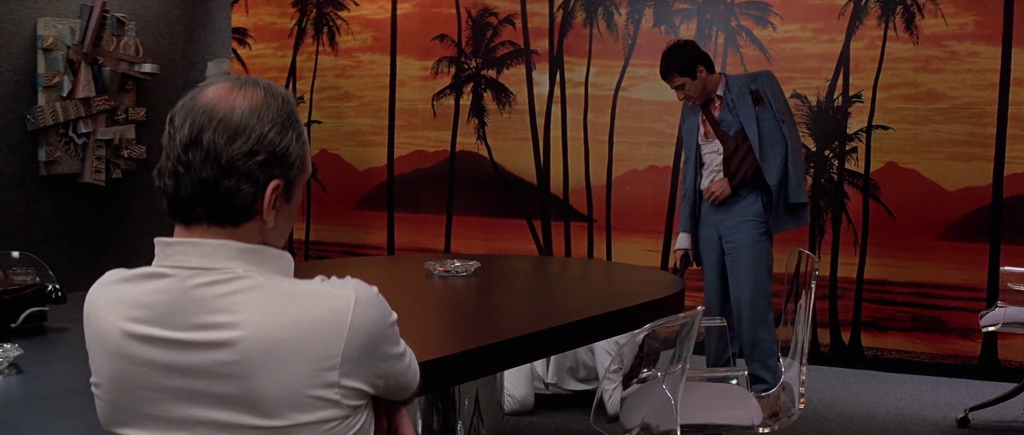
He goes on to complain that the “editing is terrible,” there “are many flubs,” and the “female costuming is a joke” (I didn’t notice any of these factors). He does note that the “look of the film — the sun-drenched streets, orange sunsets, Art Deco architecture (it was mostly shot in L.A.) — is good:”
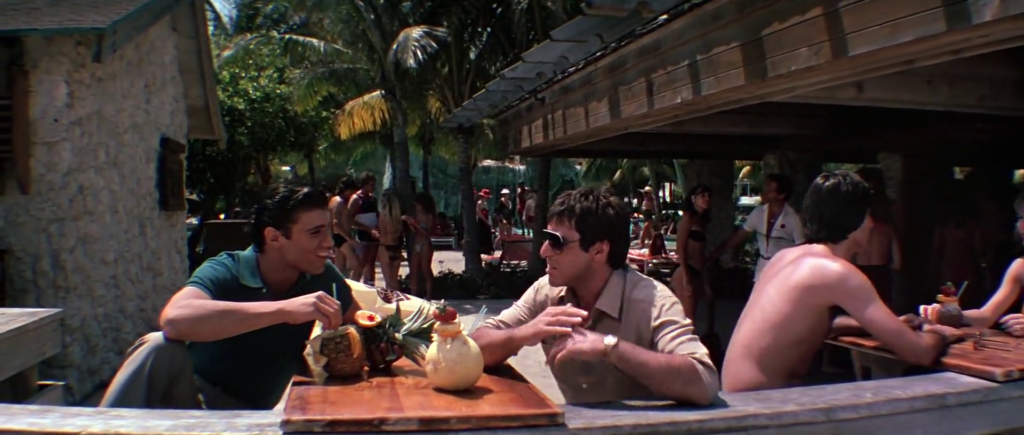
… “but not so impressive now that we’ve seen television’s Miami Vice.” He points out that the film’s “heralded violence has shock value at [the] beginning — particularly in the famous scene in which Pacino’s crime mate is dismembered with an electric buzz saw:”
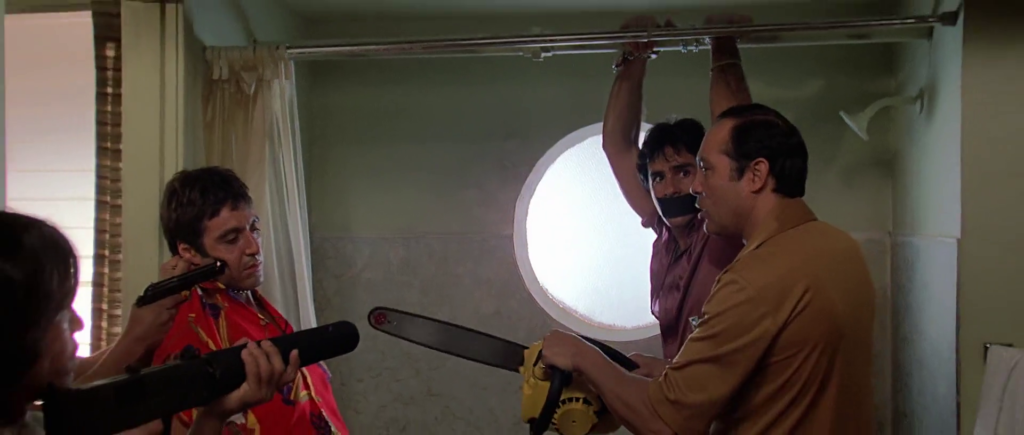
… but he asserts “it later becomes as calculated for audience response as are the film’s quieter, character-development scenes.”
I’m not nearly as much of a hater of this film as Peary is; my main take-away (appropriately so) is that being a drug kingpin is lonely, dangerous, shallow, violent, pathetic, and paranoia-inducing.
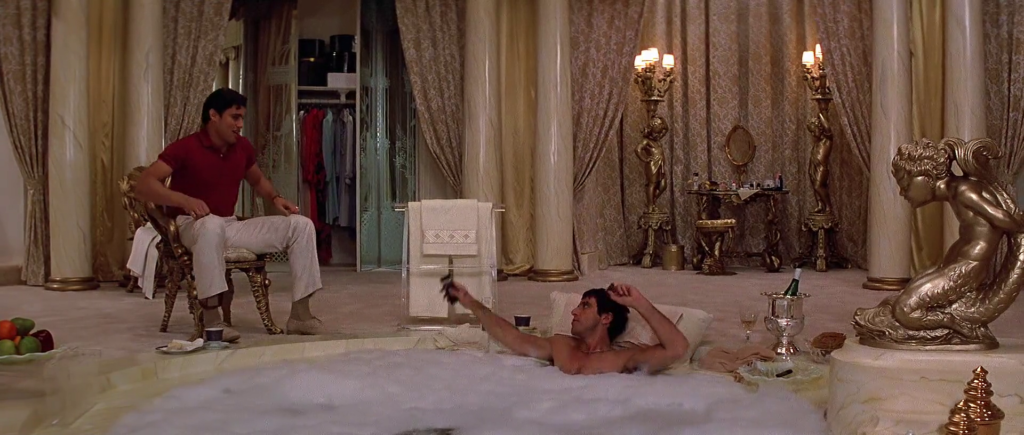
Pacino doesn’t experience love or even lust with his trophy wife (they never kiss, let alone show any other affection). To that end, I think De Palma, screenwriter Oliver Stone, and Pacino do a good job portraying what a miserable dead end (literally) his character’s aspirations are — which makes it all the more interesting how much of a cult favorite this film quickly became.
I’ll close by saying how appropriate it is that this film ended up as my selection for “Blogathon and the Beast.” Even Peary agrees that Pacino’s performance is animalistic; he’s a “truly despicable character” whose dramatic finale (a slaughter) is well “earned”.
Notable Performances, Qualities, and Moments:
- Al Pacino as Tony Montana
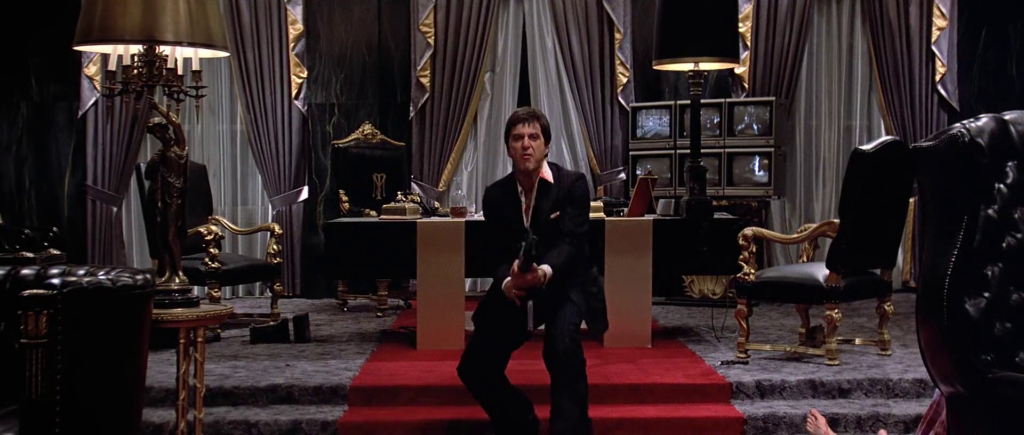
- Fine supporting performances across the cast
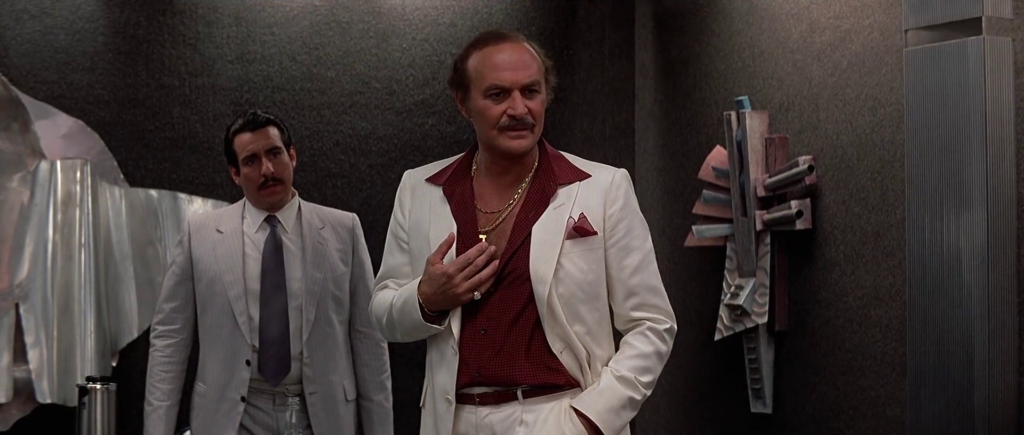
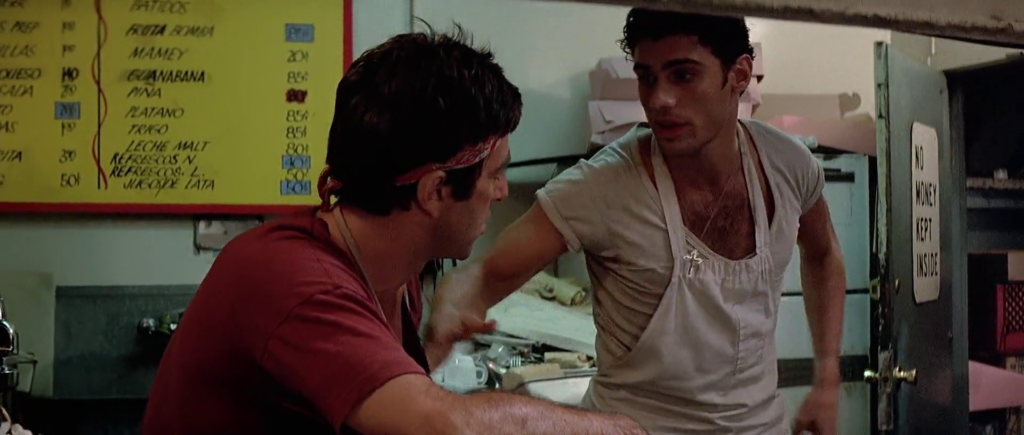
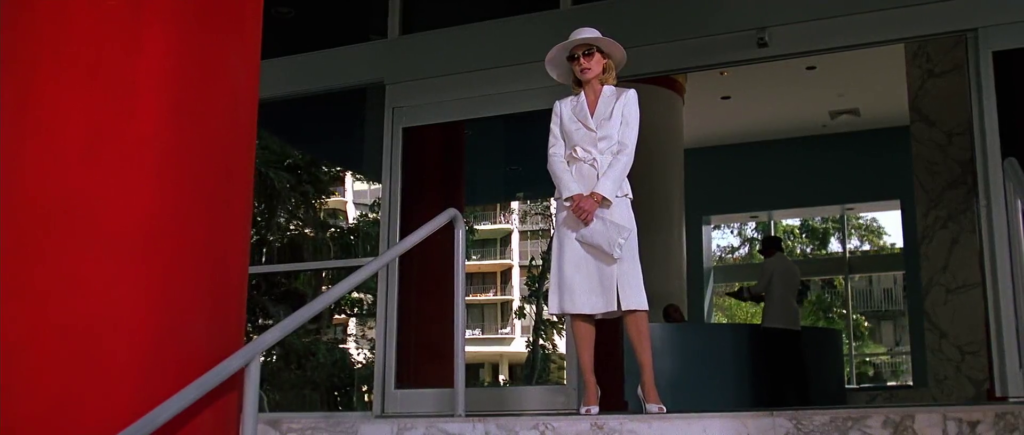
- John Alonzo’s cinematography

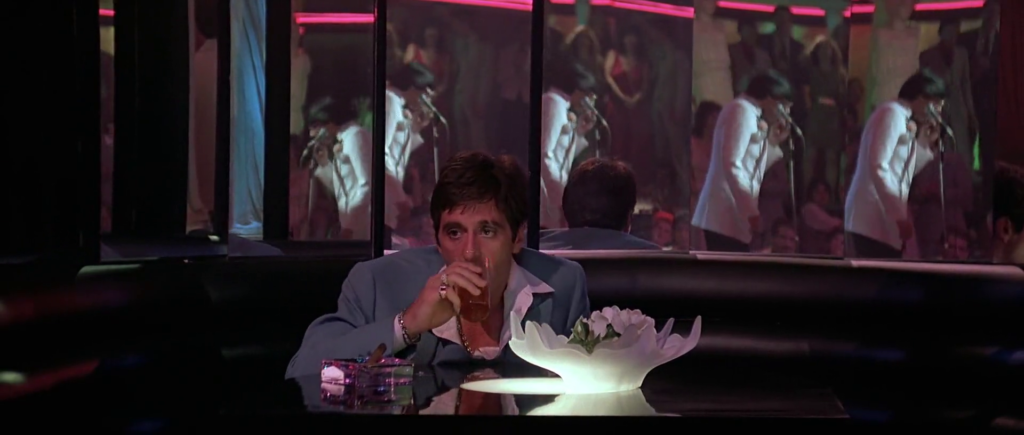
Must See?
Yes, as a cult favorite.
Categories
(Listed in 1001 Movies You Must See Before You Die)
Links:
|
